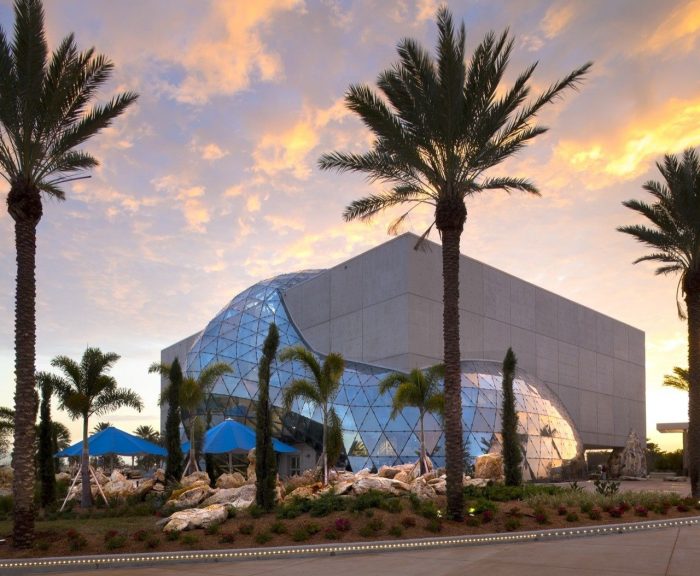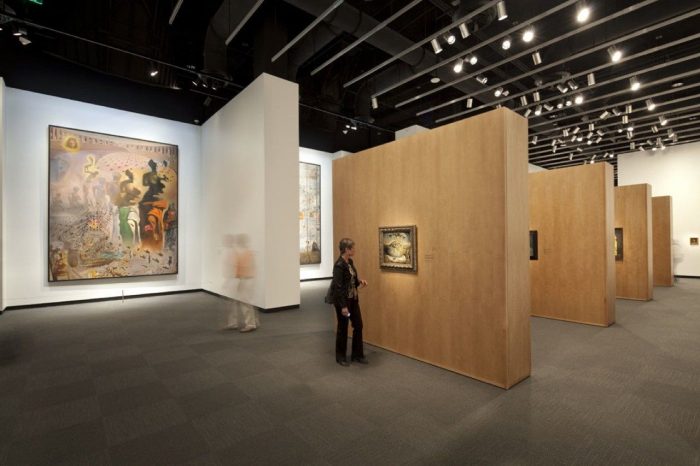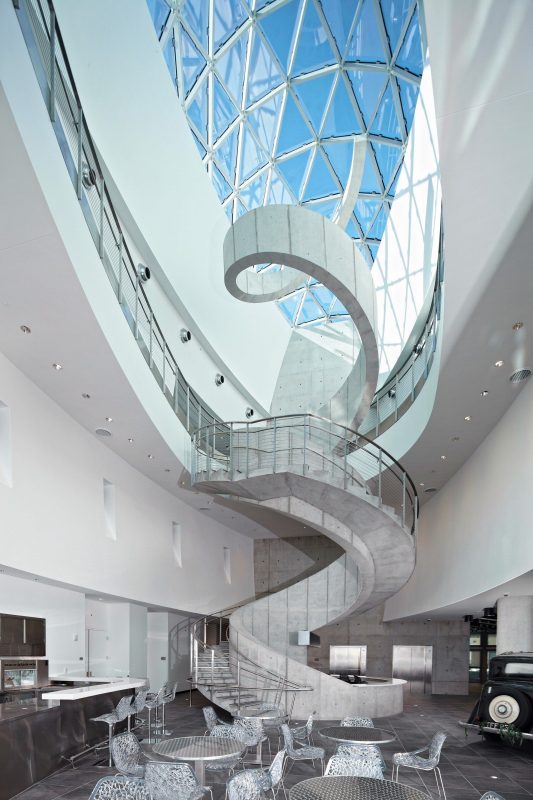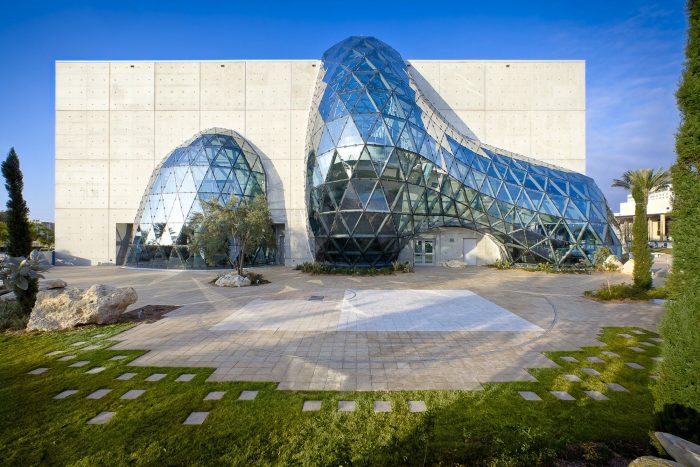The new Dalí museum in St. Petersburg, Florida, is the reincarnated architectural building-museum for the trove of Dalí works that art-collecting couple Morse had and displayed at a previously built museum back in the 1970s.
A monumental concrete trapezoid with a flowing wave of glass and steel expressing the flow of liquids in nature depicts the classical-fantastical theme in the new architectural response inspired by Salvador Dalí’s artworks. Architect Yann Weymouth of the HOK group outlines several key aspects of the decision-making process that have lead the team to design the building towards its final outcome.
Firstly, the collection needed to be preserved in the best possible manner and offer an improved presentation of the artworks as well as to be protected from the destructing force of natural elements over time. The structure of the building is designed to be flood- and hurricane-proof with its 18-inch-thick walls. As Weymouth states, the necessity for an improved presentation environment was drawn due to the fact that the works spoke for themselves and had a life to them.
Furthermore, a major focal exterior and interior element of the museum is the undulating glass and steel structure, designed to organically morph inwards and outwards from the rectilinear concrete shell. The concept of the glass and steel components is derived from Dalí’s very own admiration of Buckminster Fuller’s development of the geodesic dome. Here, what the architects’ team manages to complete and Fuller couldn’t due to restricted technology at that time, was to digitally fabricate the glazed skin using computational methods and parametric modeling. The outcome: each glass panel, each node and strut has its own unique parameters – thus, a unique identity as well. That is why the curved glass dome is named the ‘Glass Enigma’ and consists of 1,062 triangular facets.
From the peak of the dome, looking straight down inside the building, a major interior focal element is spotted – the concrete helical staircase. Its curve is grandiose, an example of great virtuosity. This design feature also shows influence from Dali’s scientific admirations – in this case, the stairs illustrate his fascination over the Golden ratio, the Fibonacci sequence and also, the DNA’s double helix shape. The reinforced concrete serves as structural supporting tensions string from ground level to 3rd level and the stair treads themselves are cantilevered.
Hank Hine, the museum director, admits the architectural components of the building are inspired by the life and work of the great surrealist thus combining elements of both classical and fantastical which is present in Dali’s works on display. The museum has a Waterfront, a Garden Maze, and also offers guided tours.
Designed as a work of art itself, the museum respectively accommodates a shop that sells Dalí memorabilia. The exhibition area as a whole is designed to offer more air and space in-between the artworks and much improved lighting for their better visual presentation.
By Yoana Chepisheva
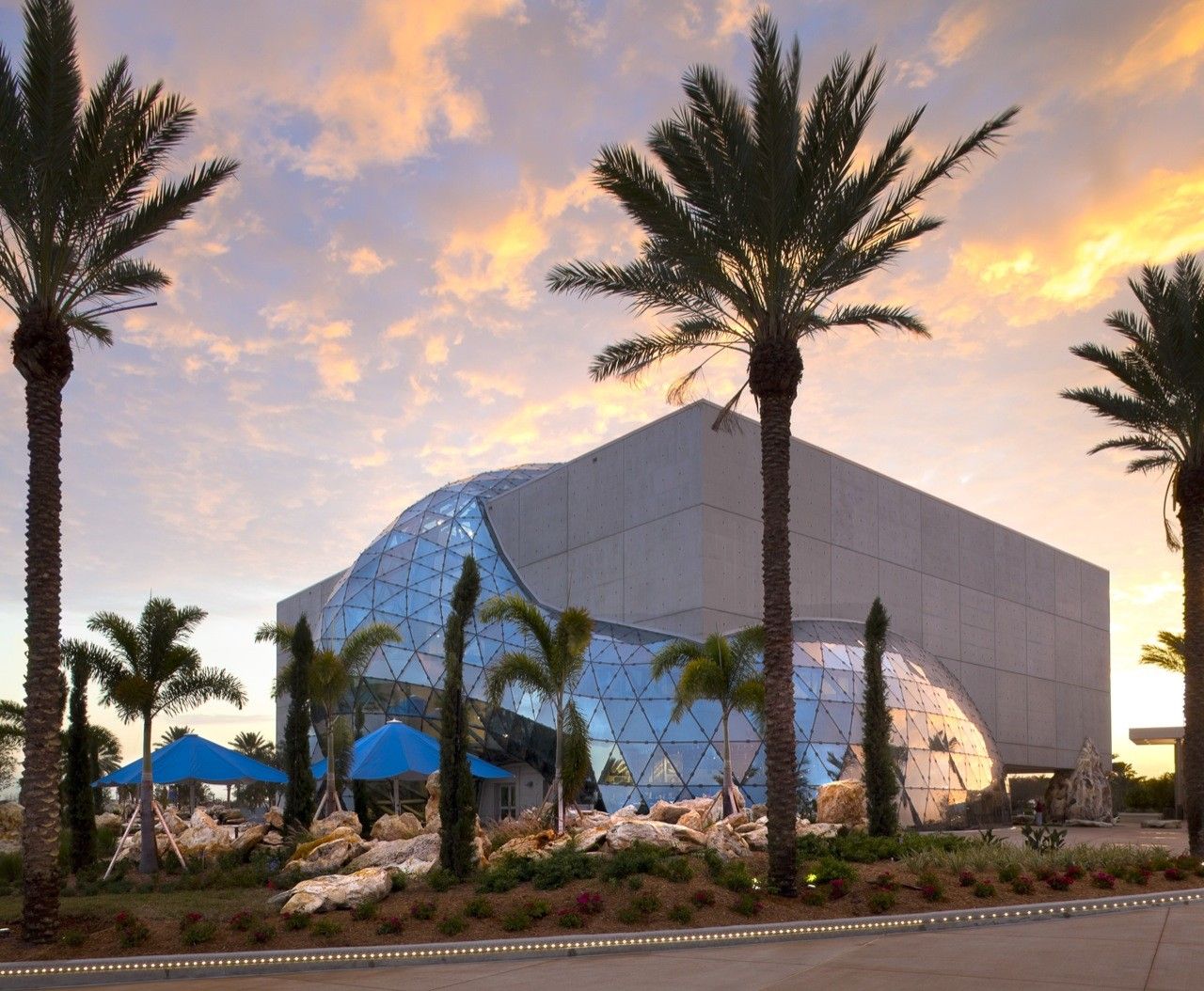
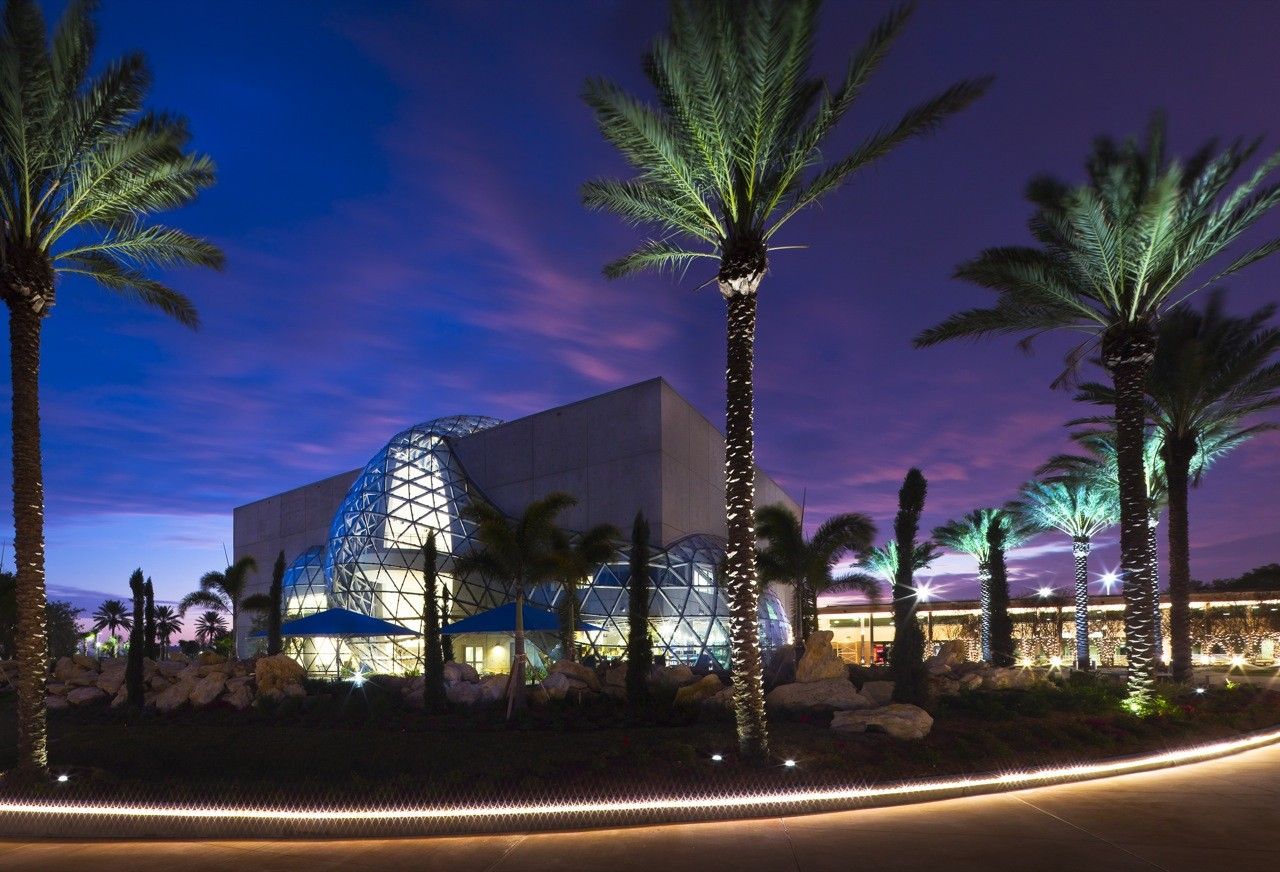
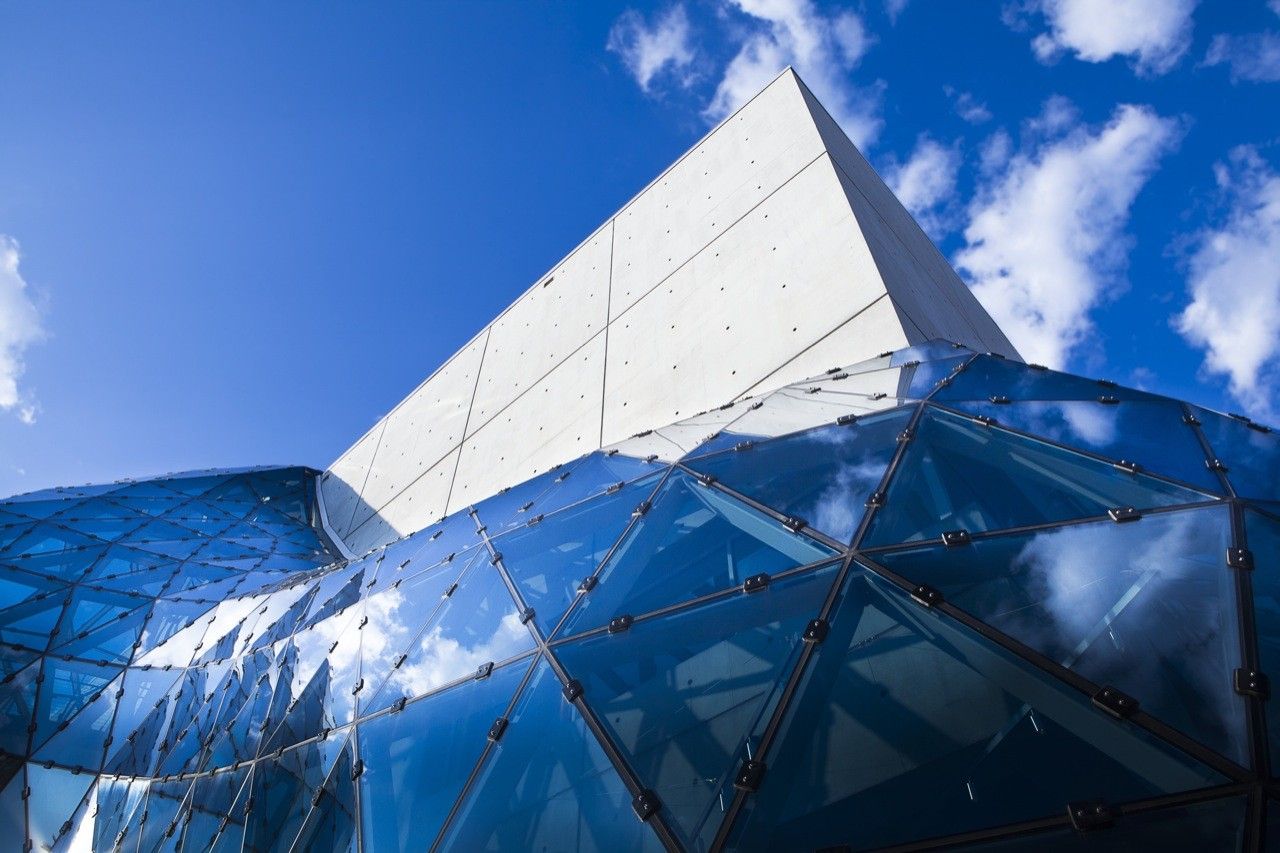
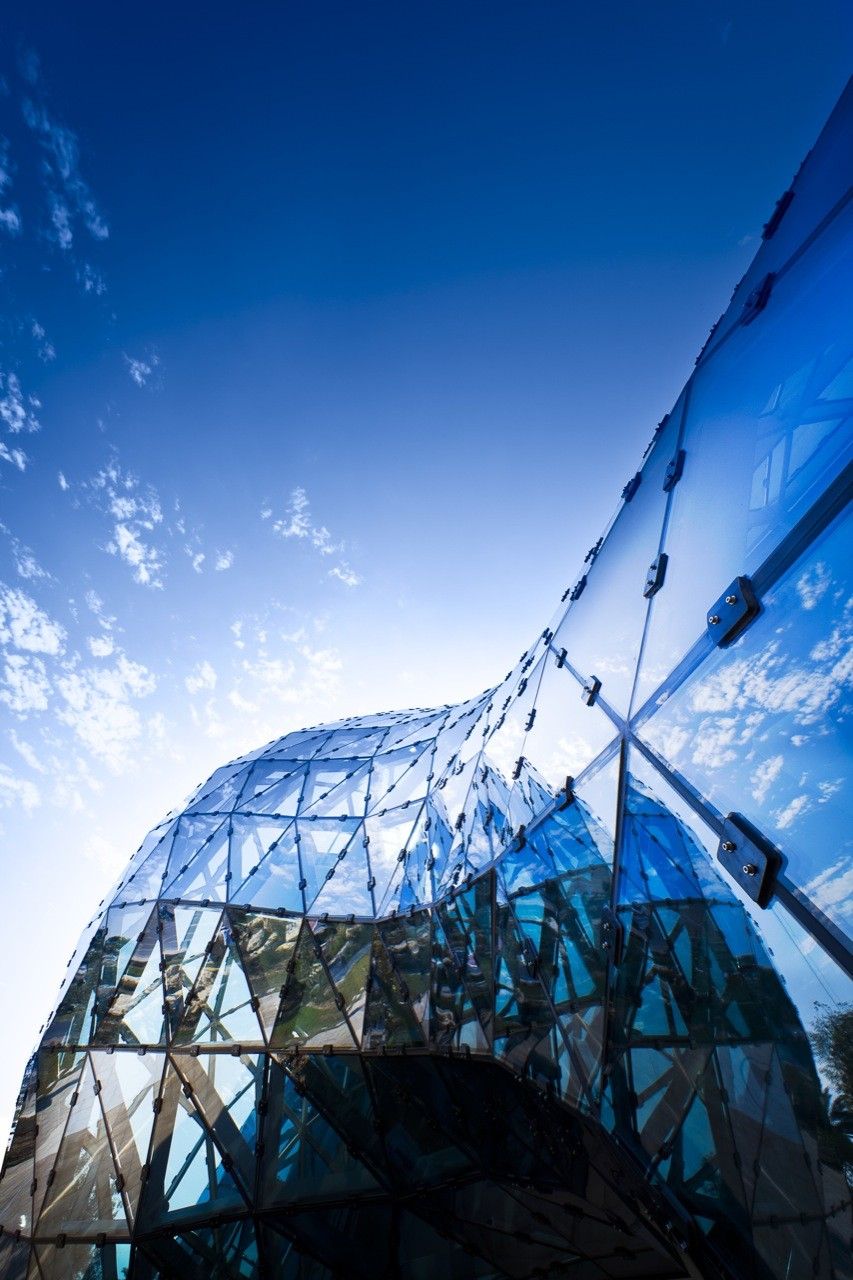
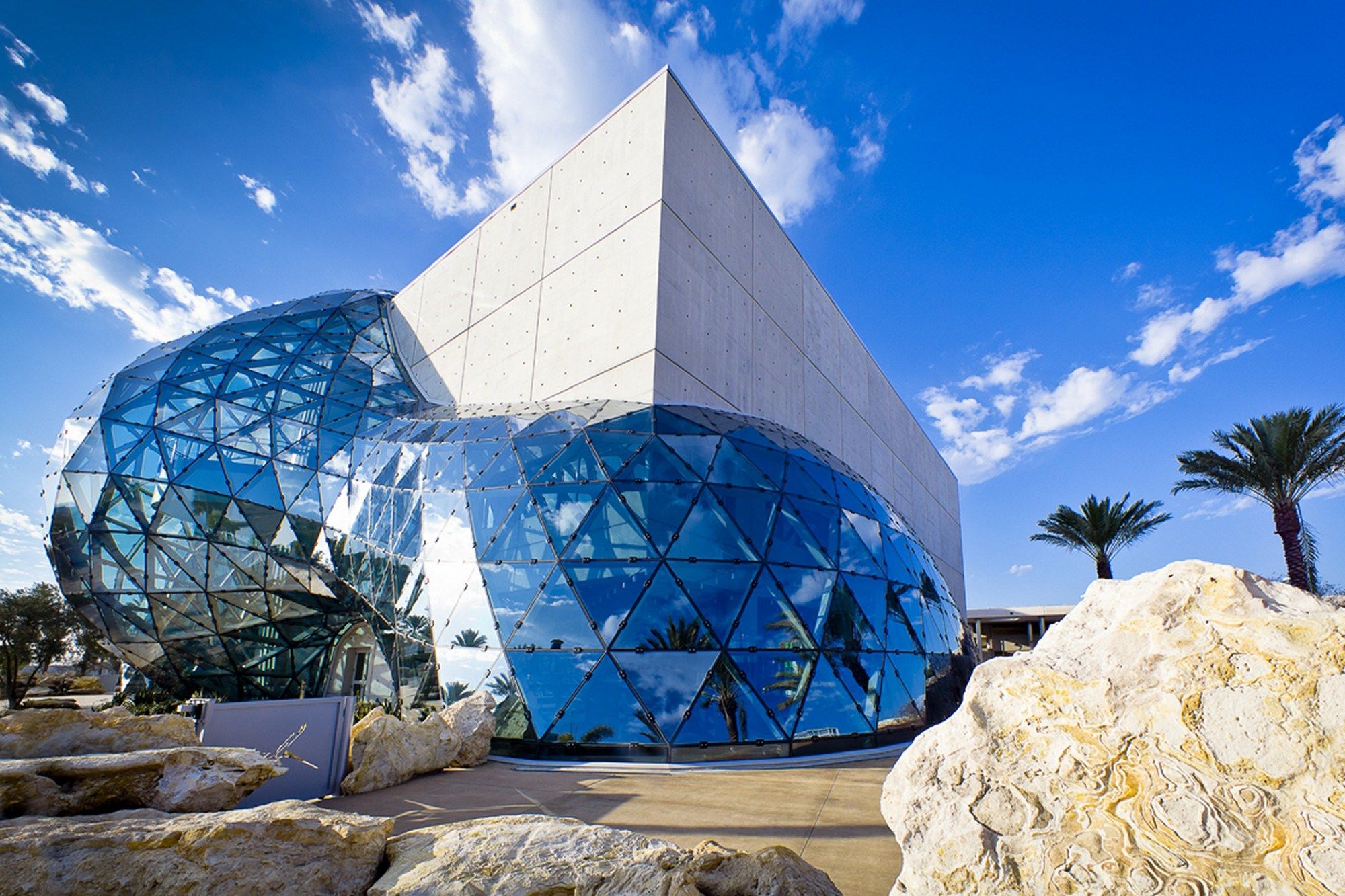
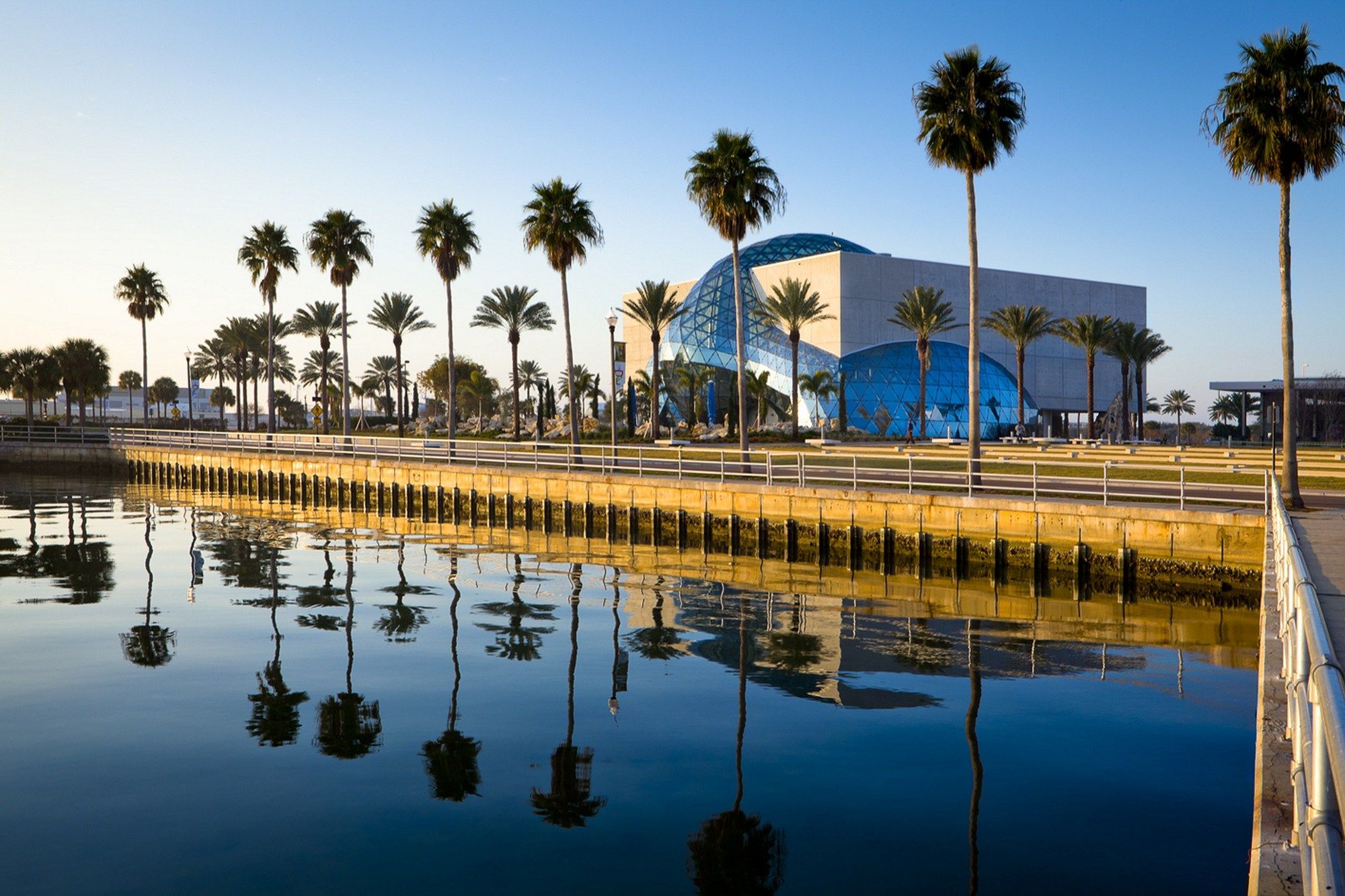
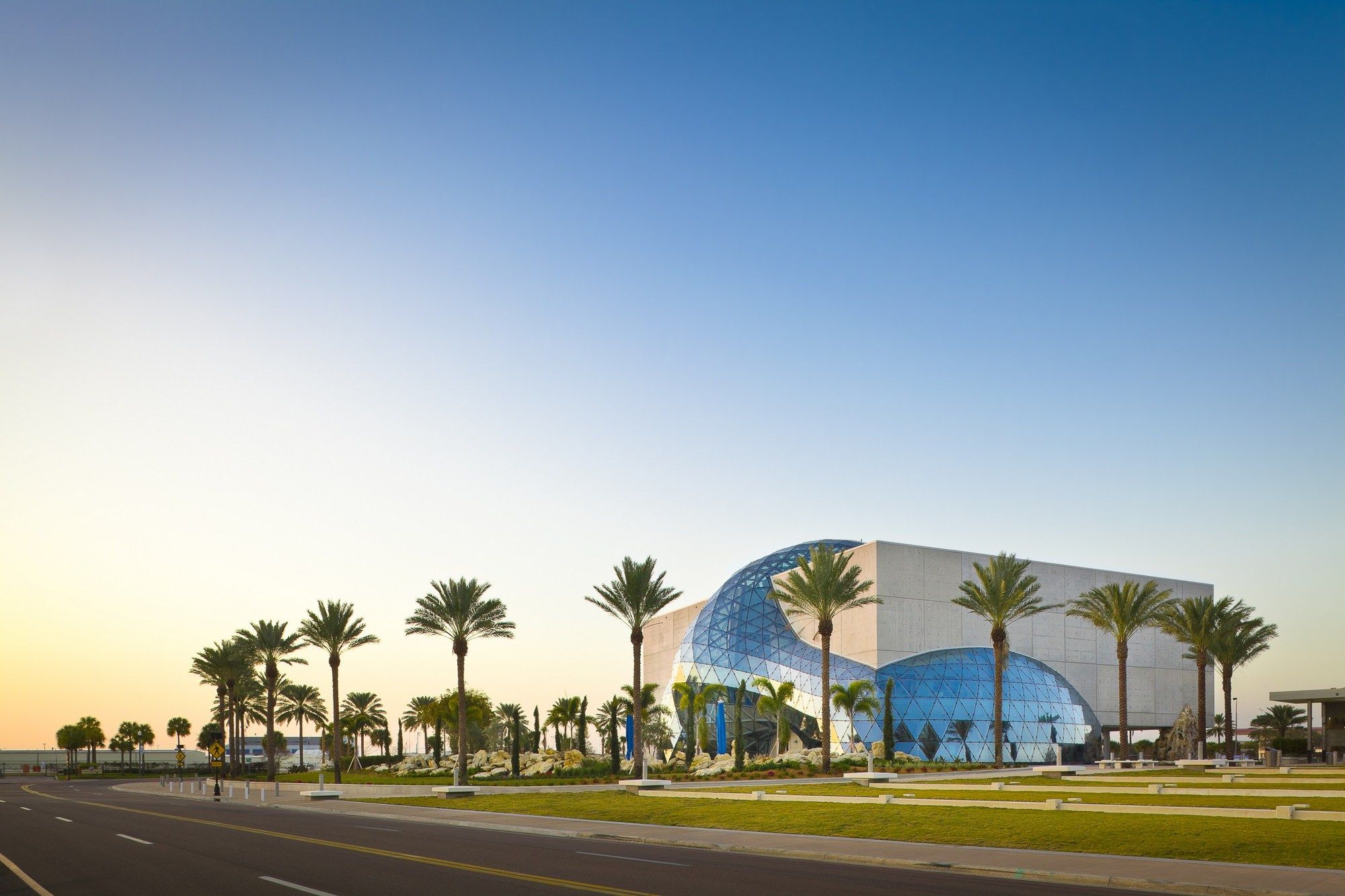
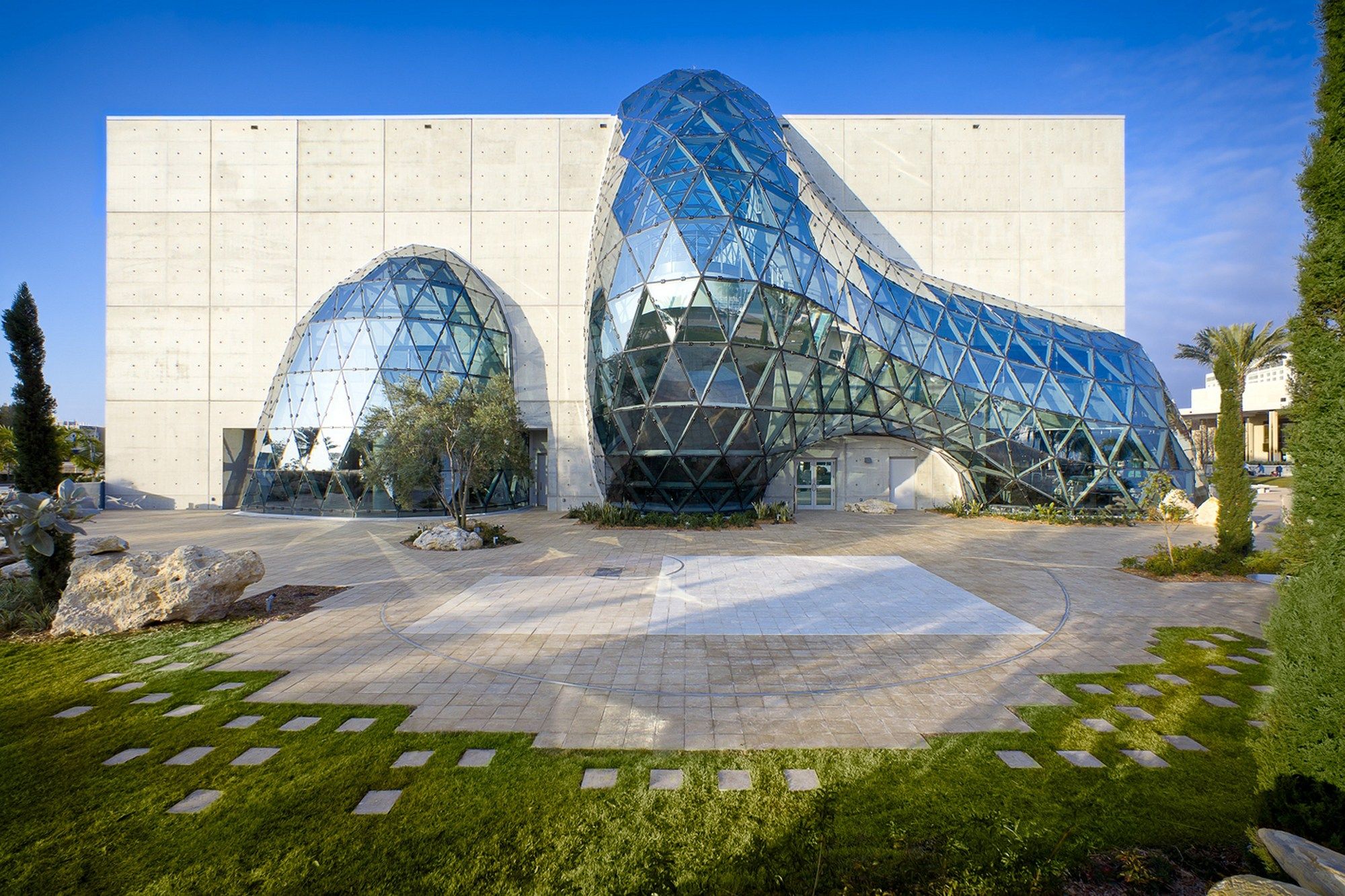
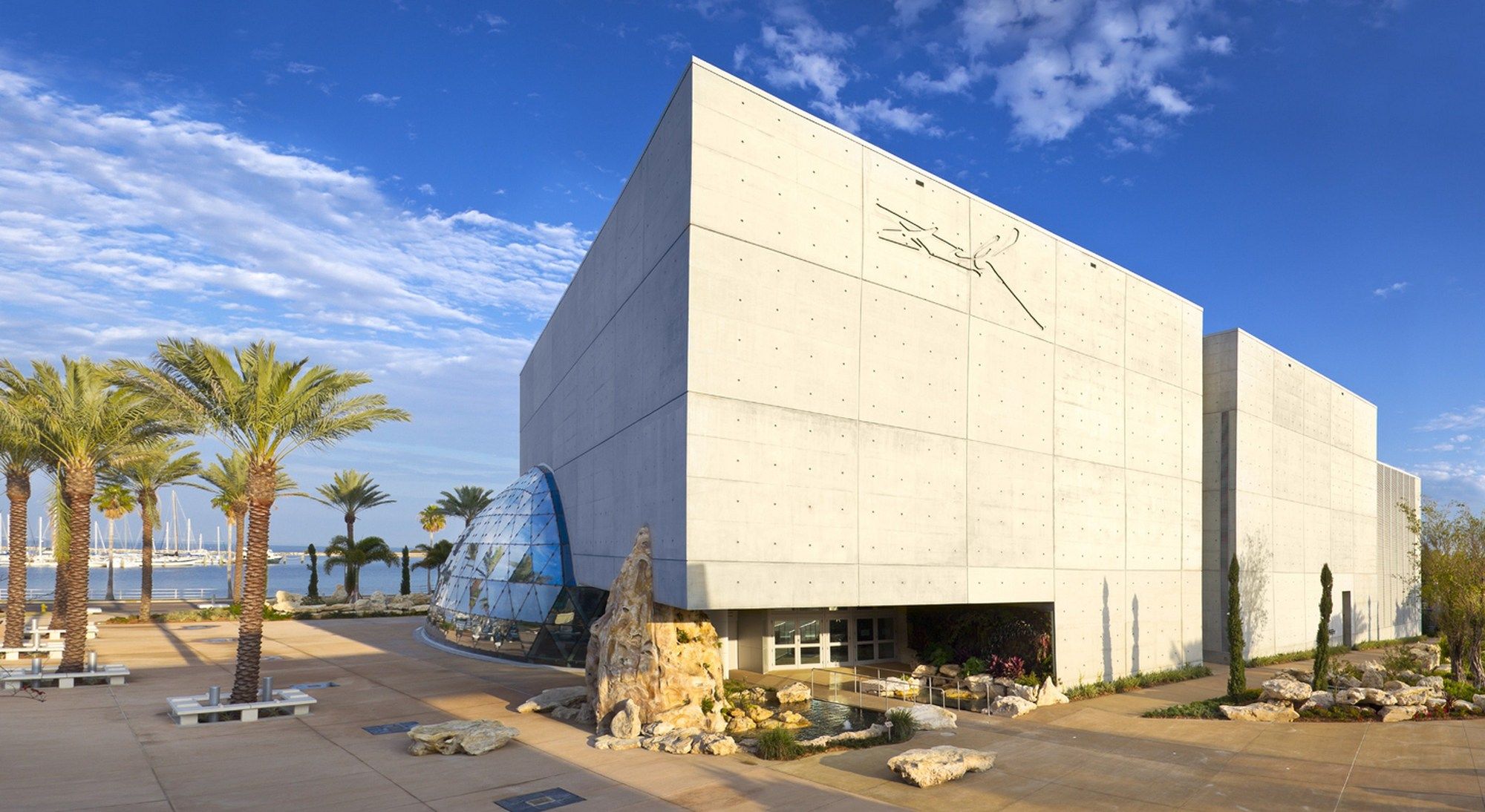
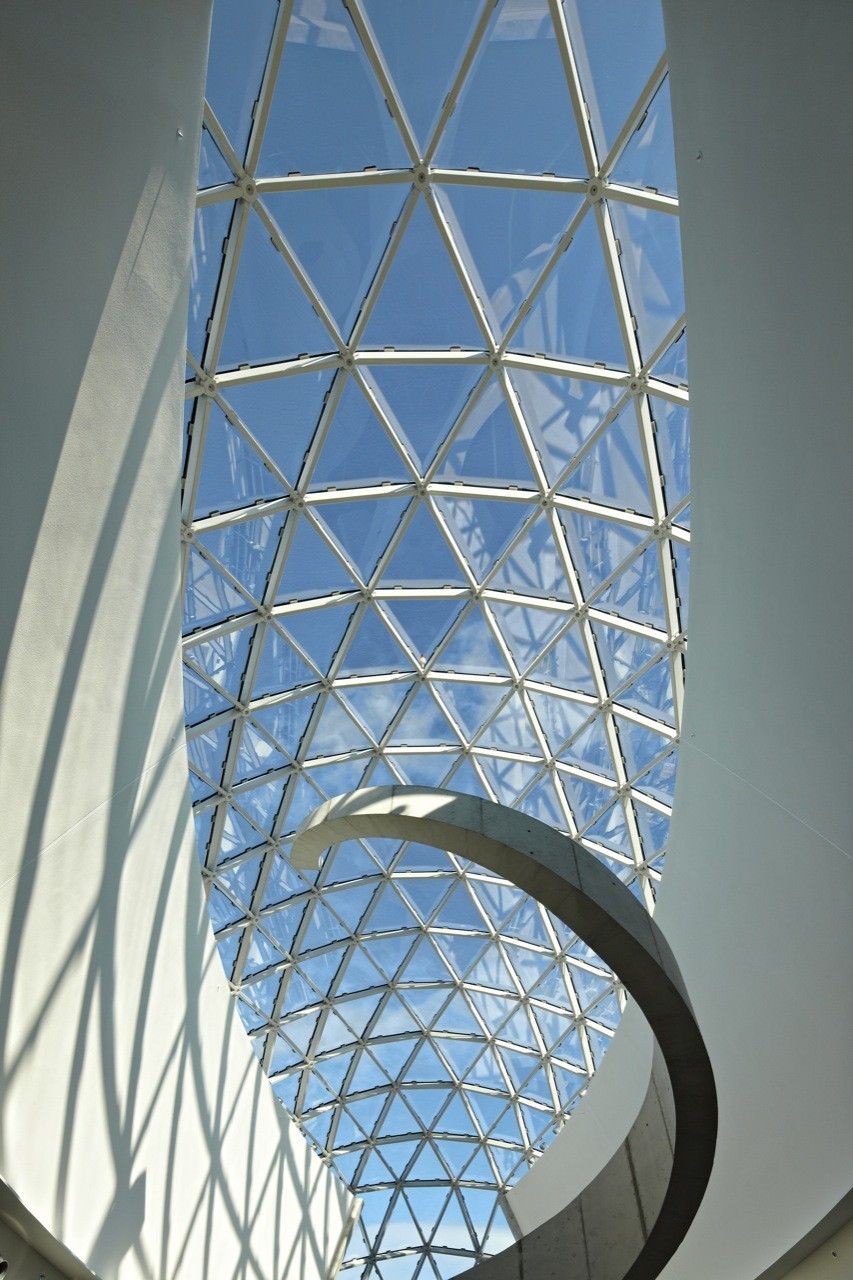
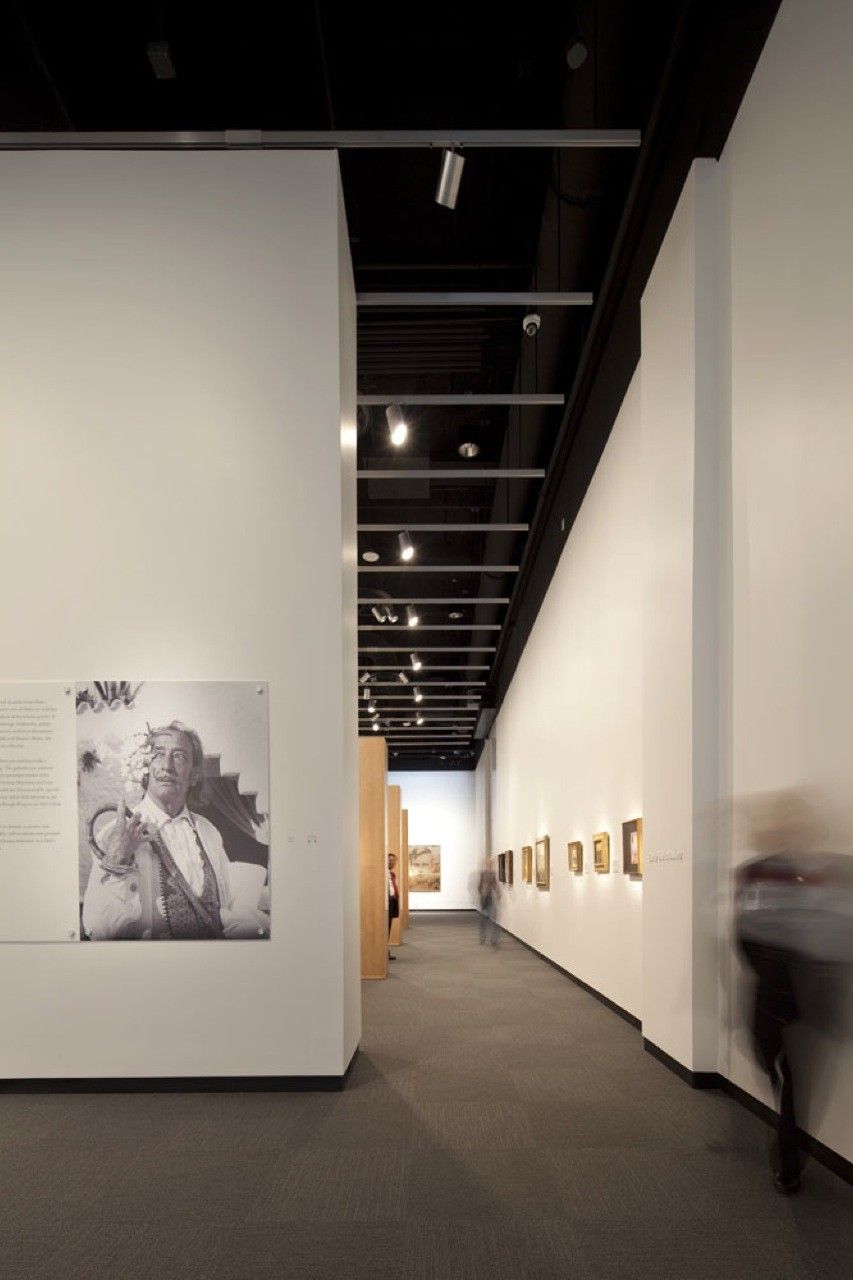
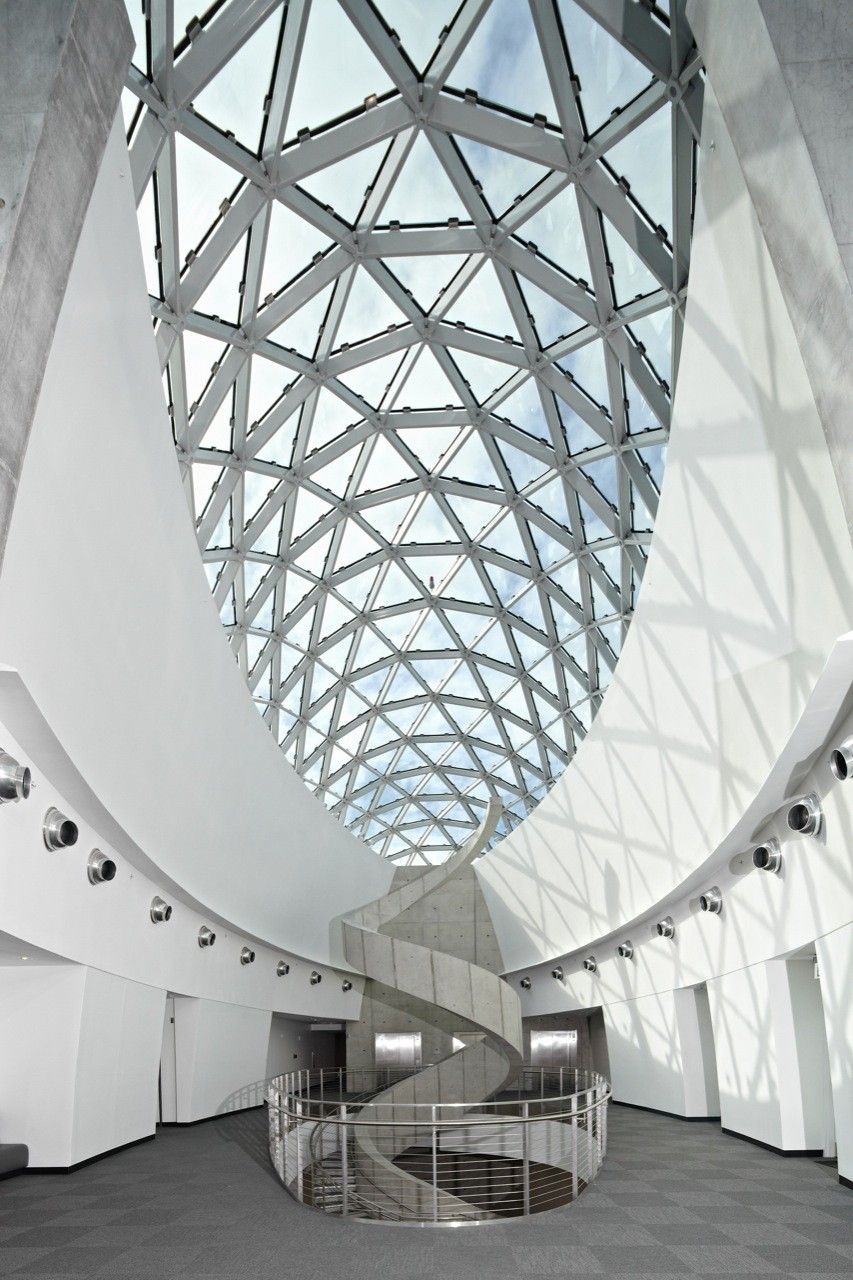
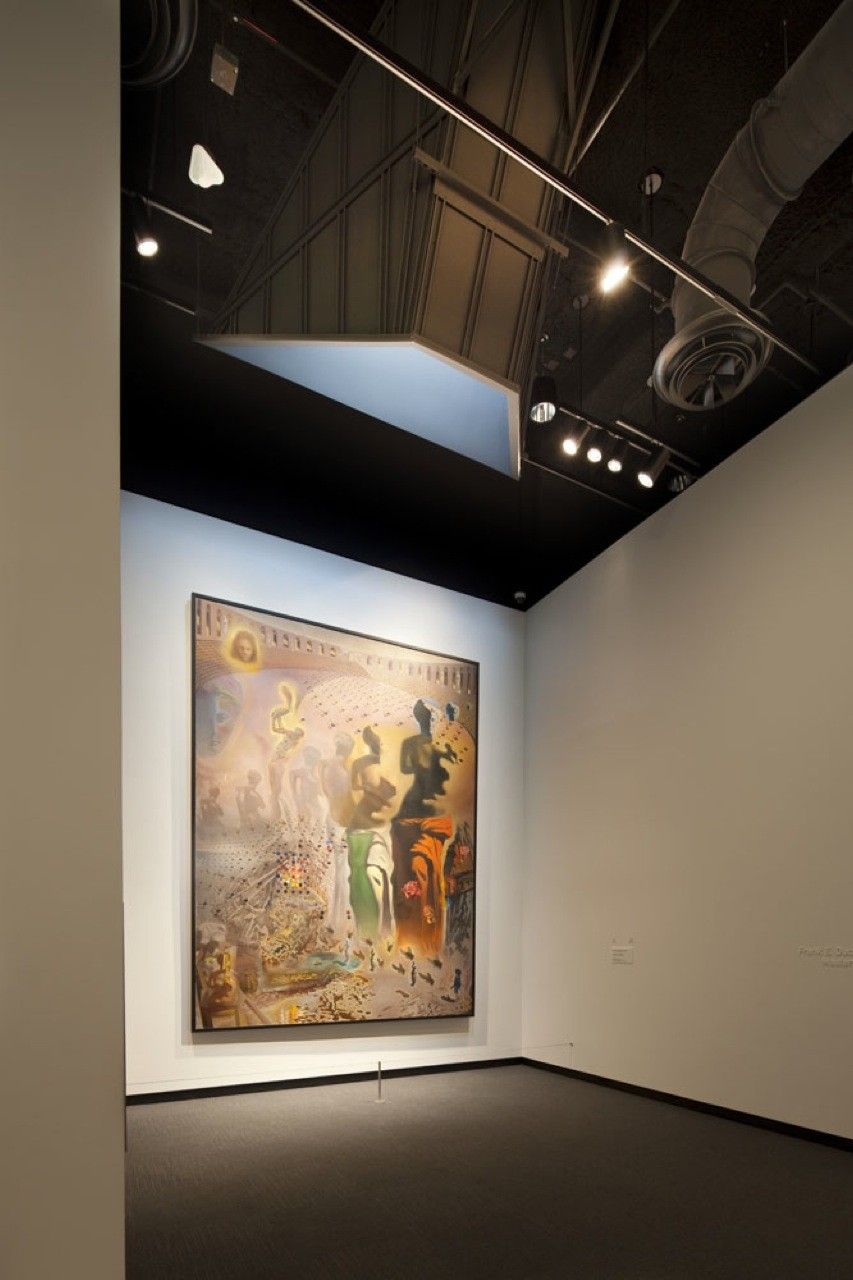
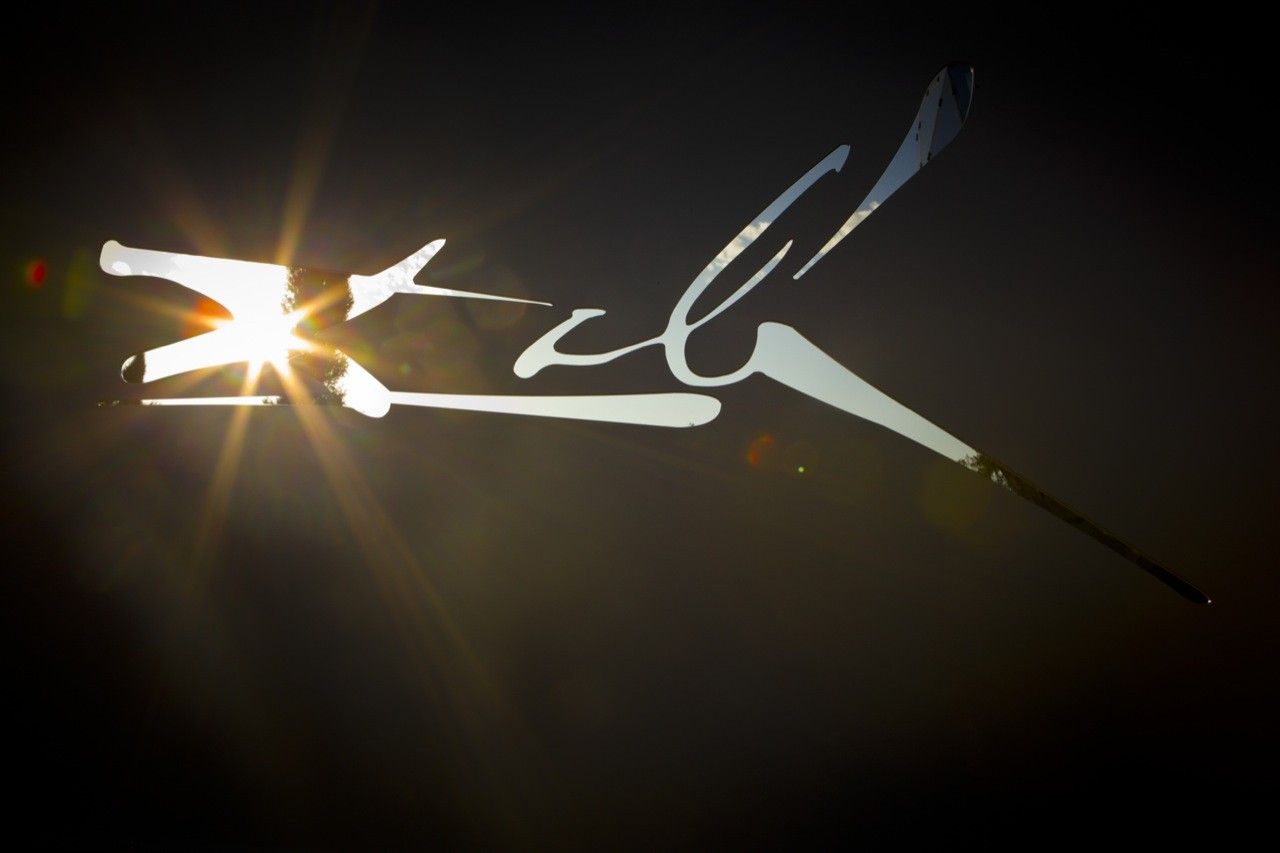
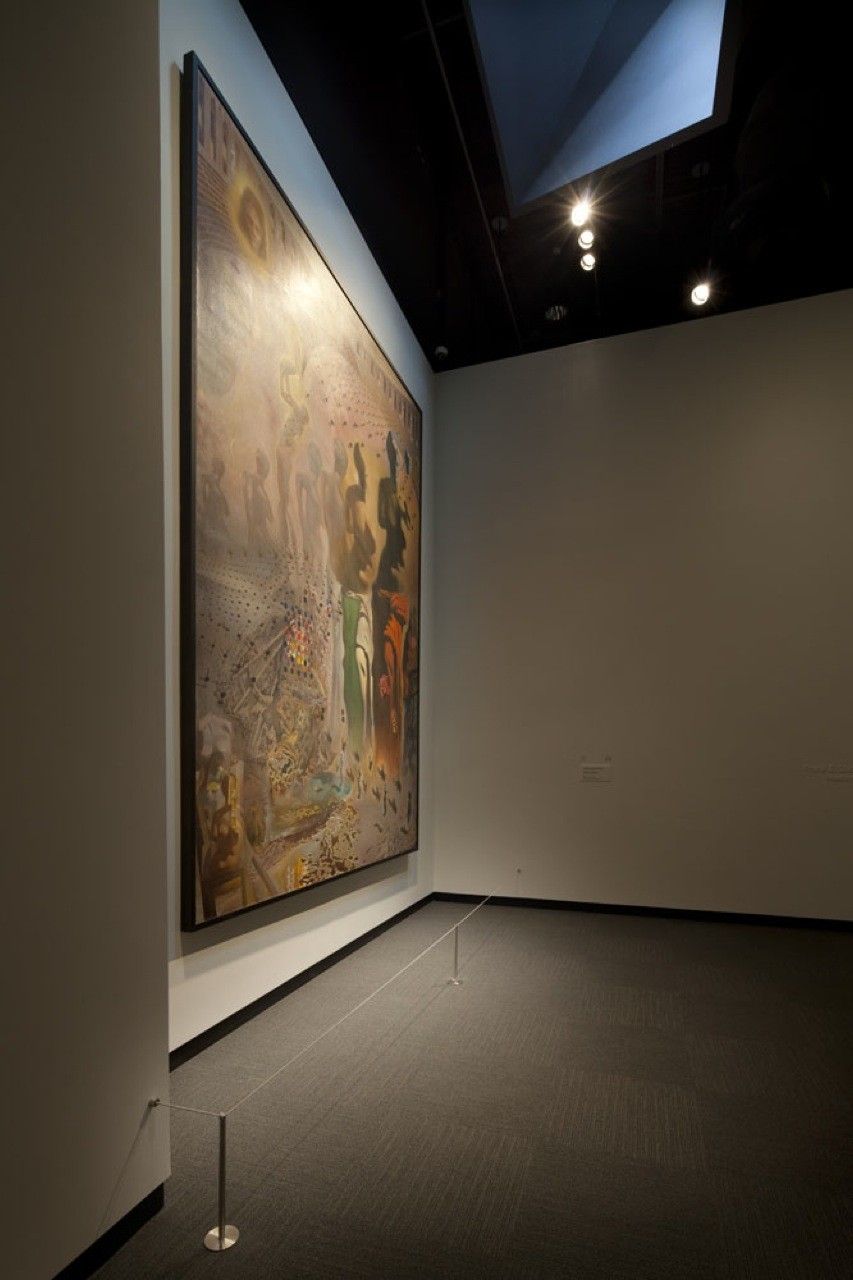
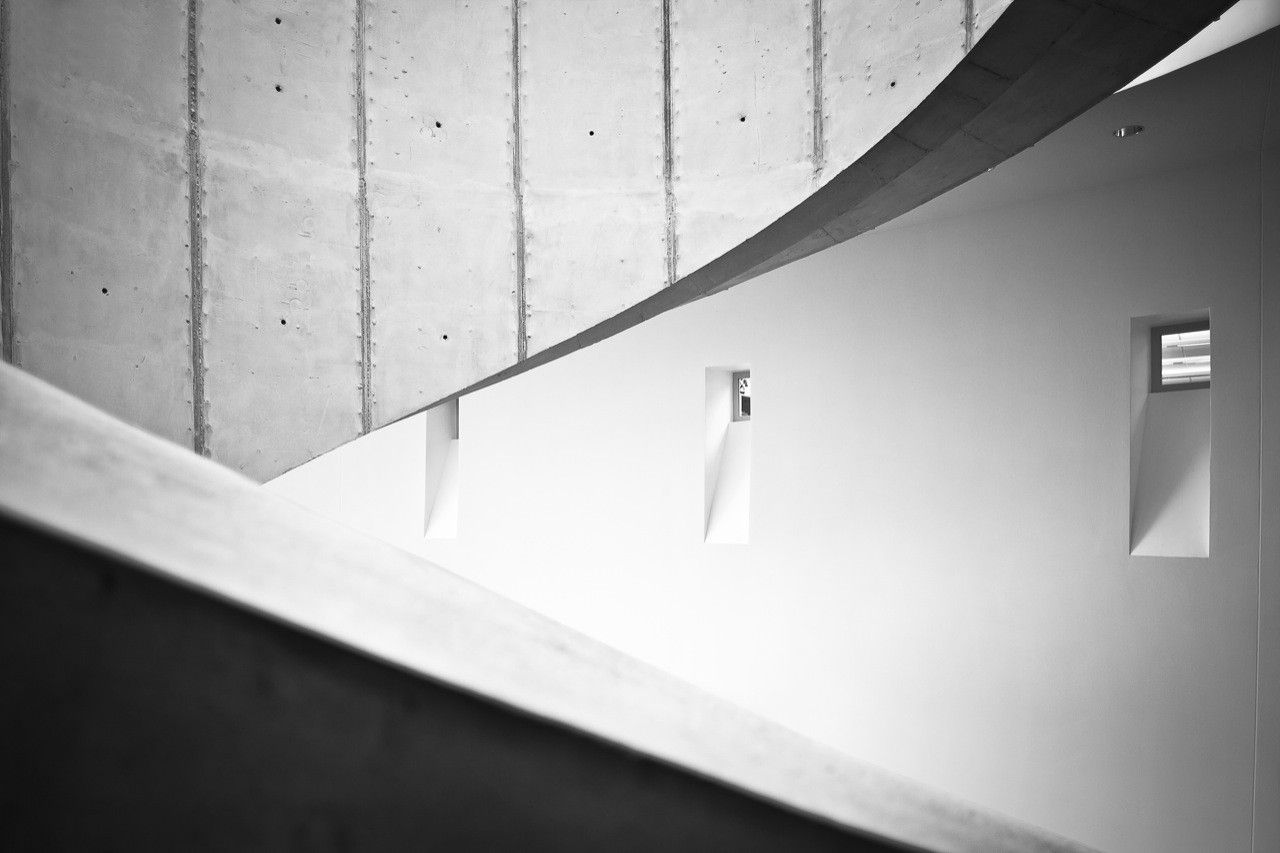
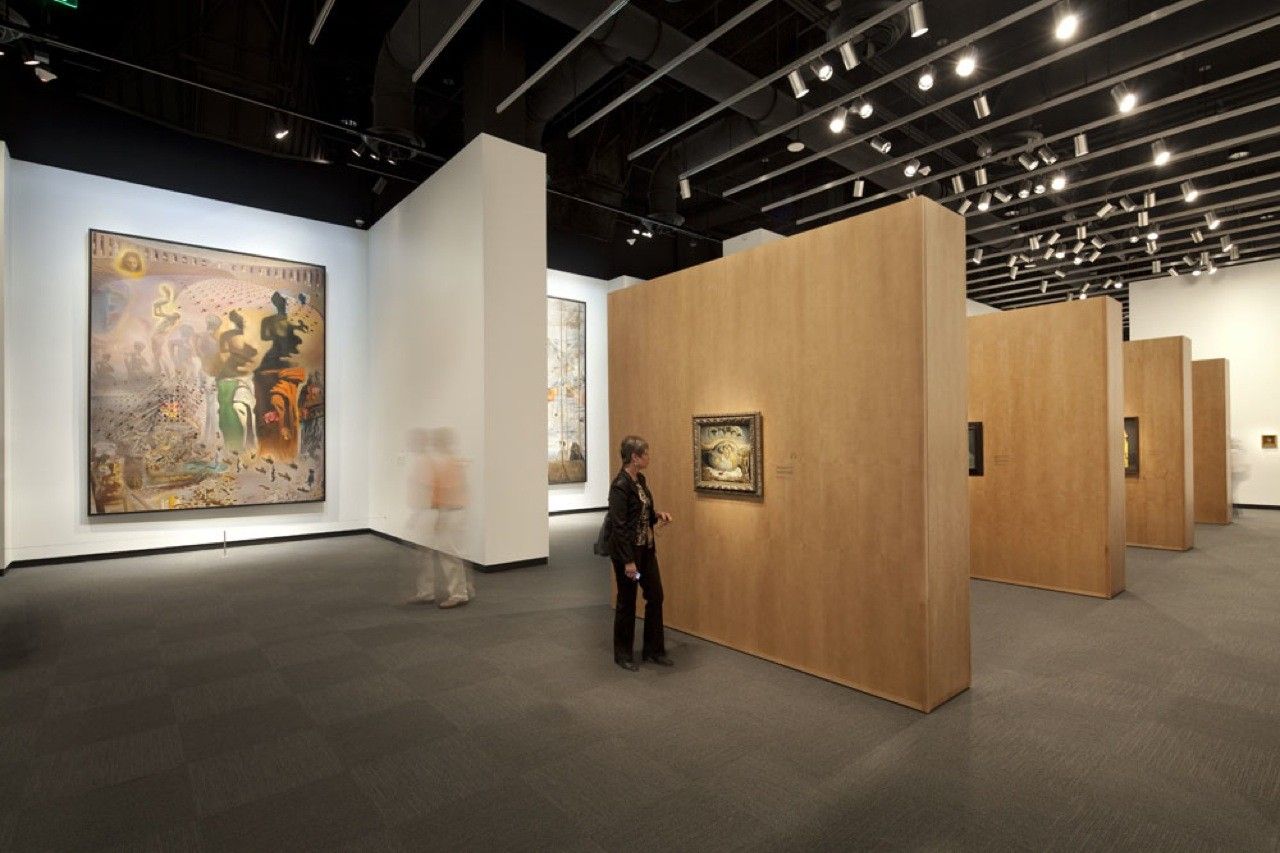
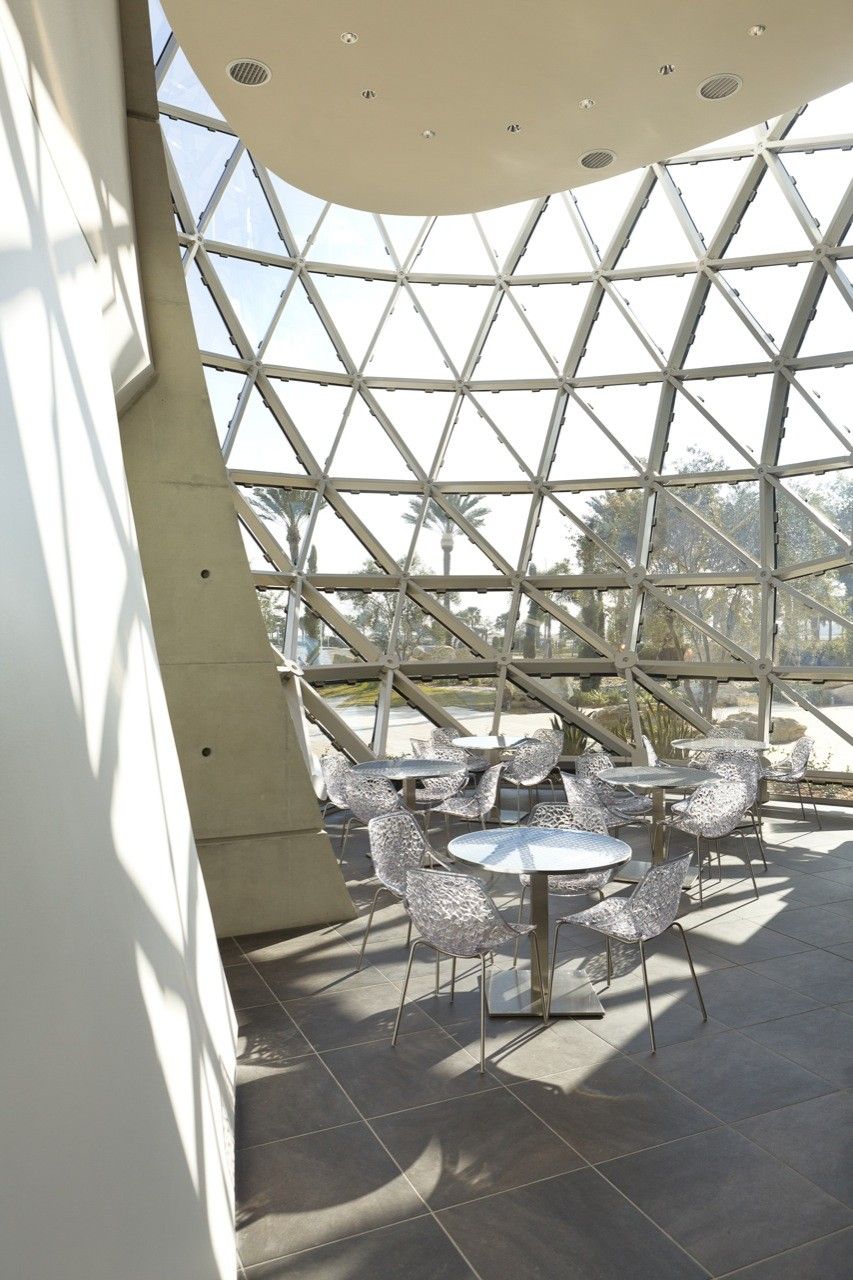
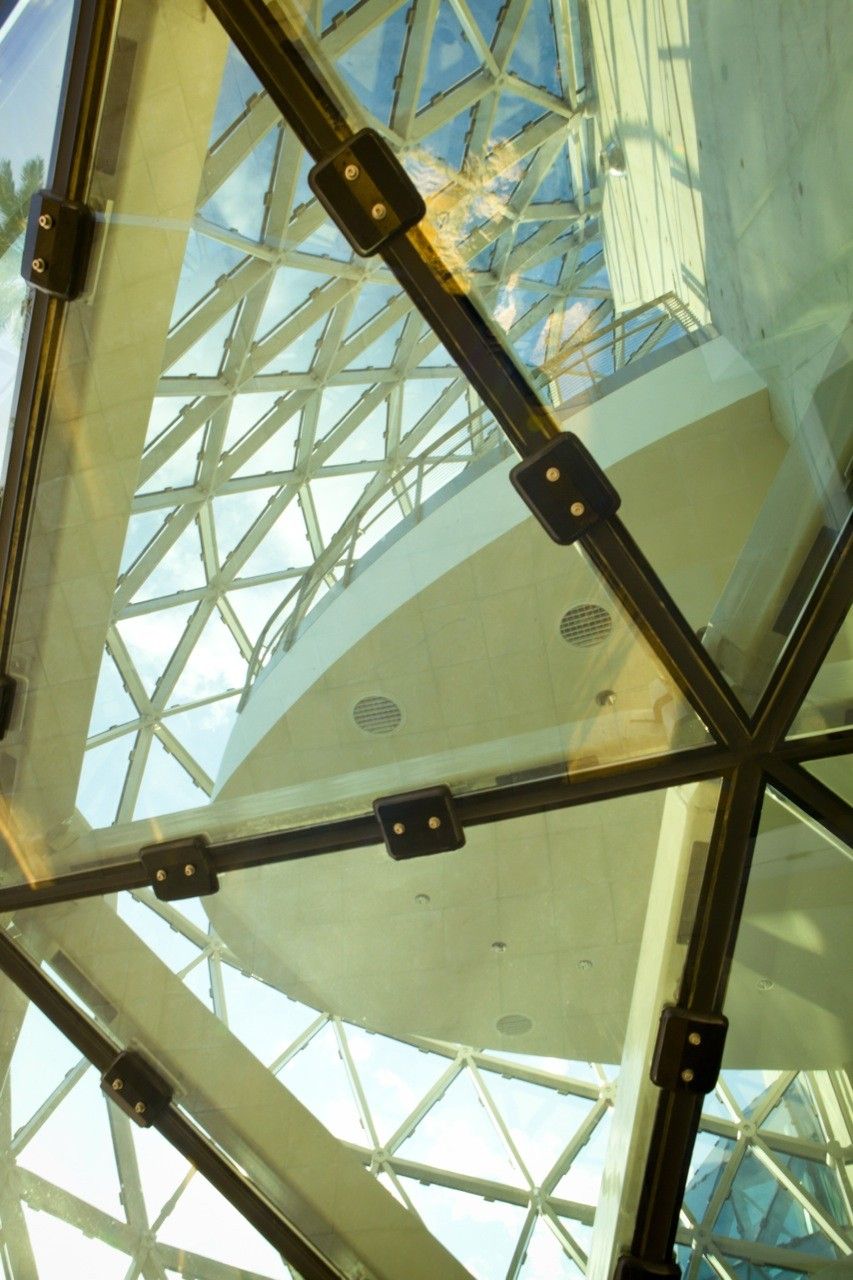
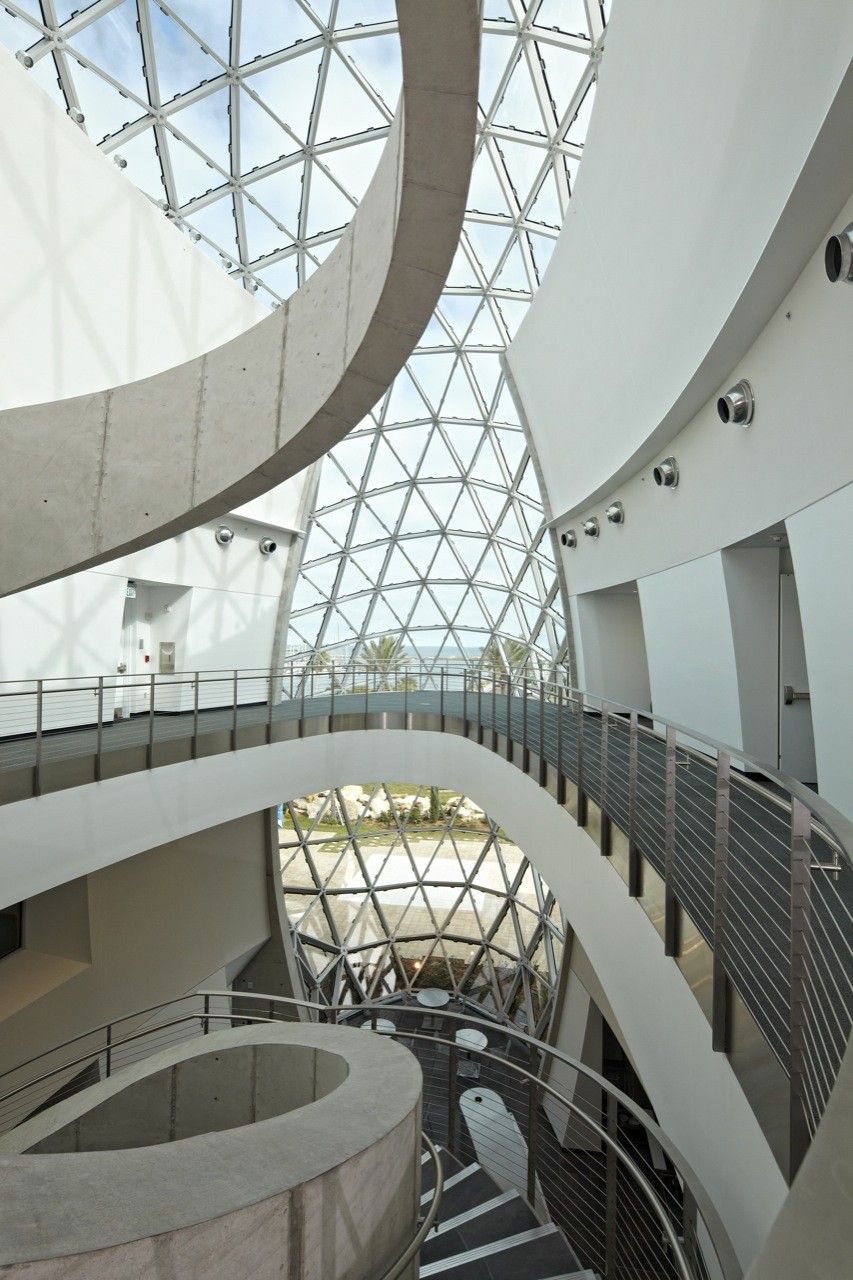
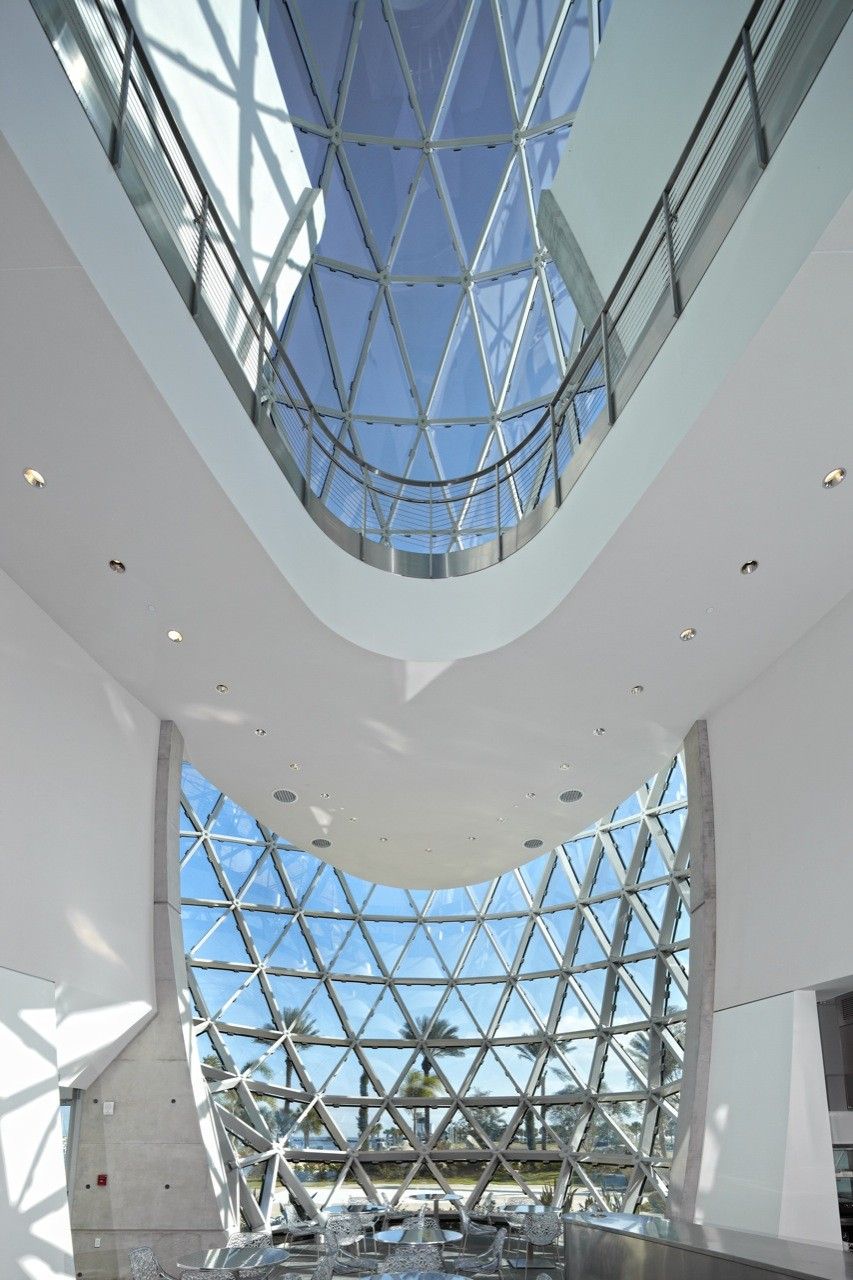
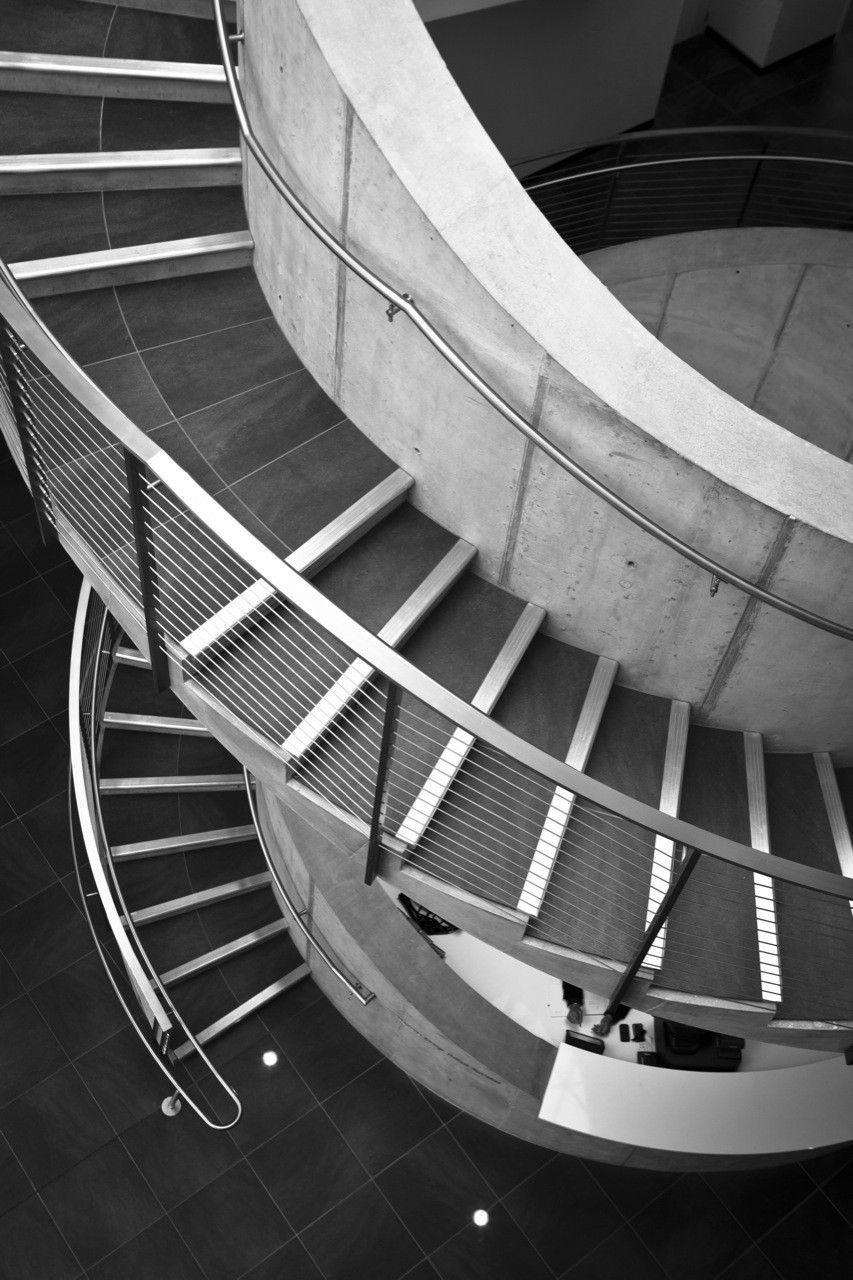
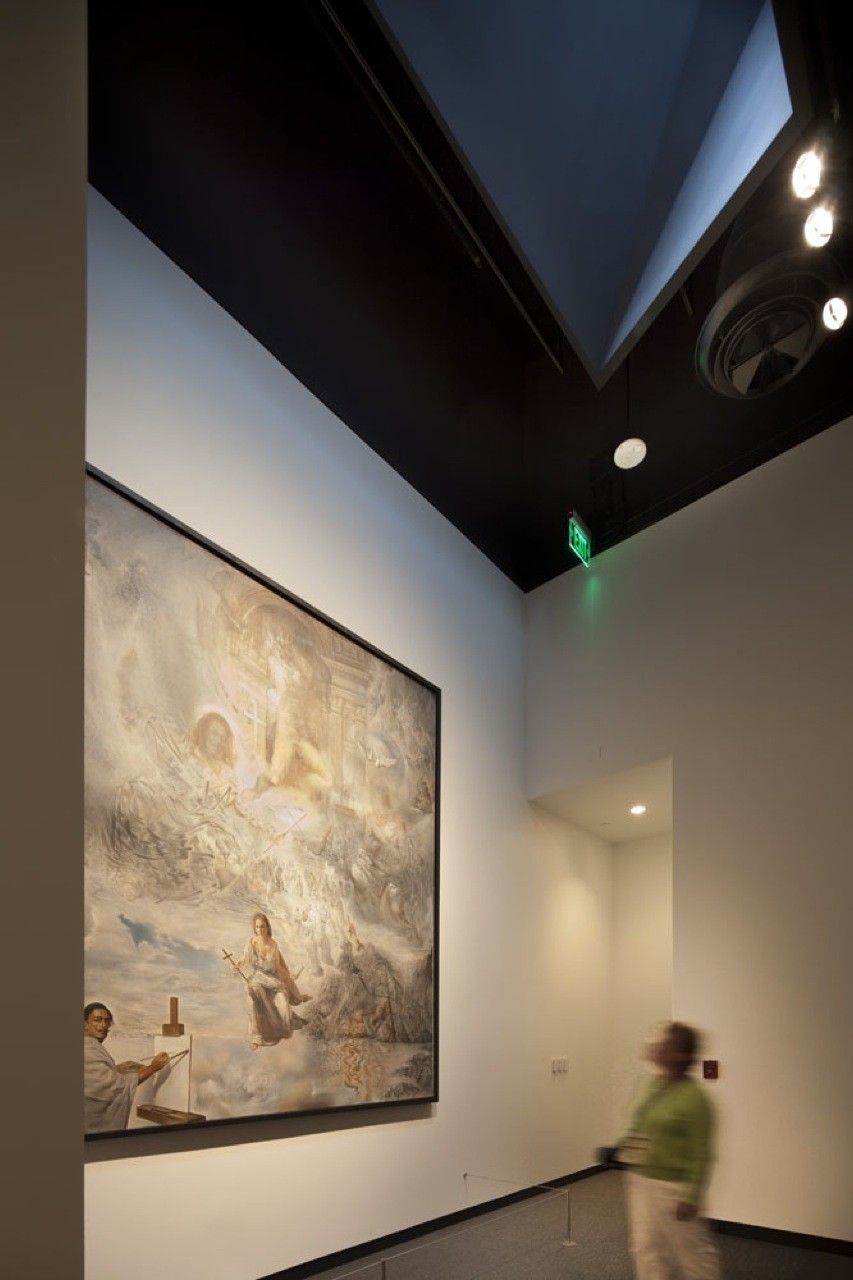
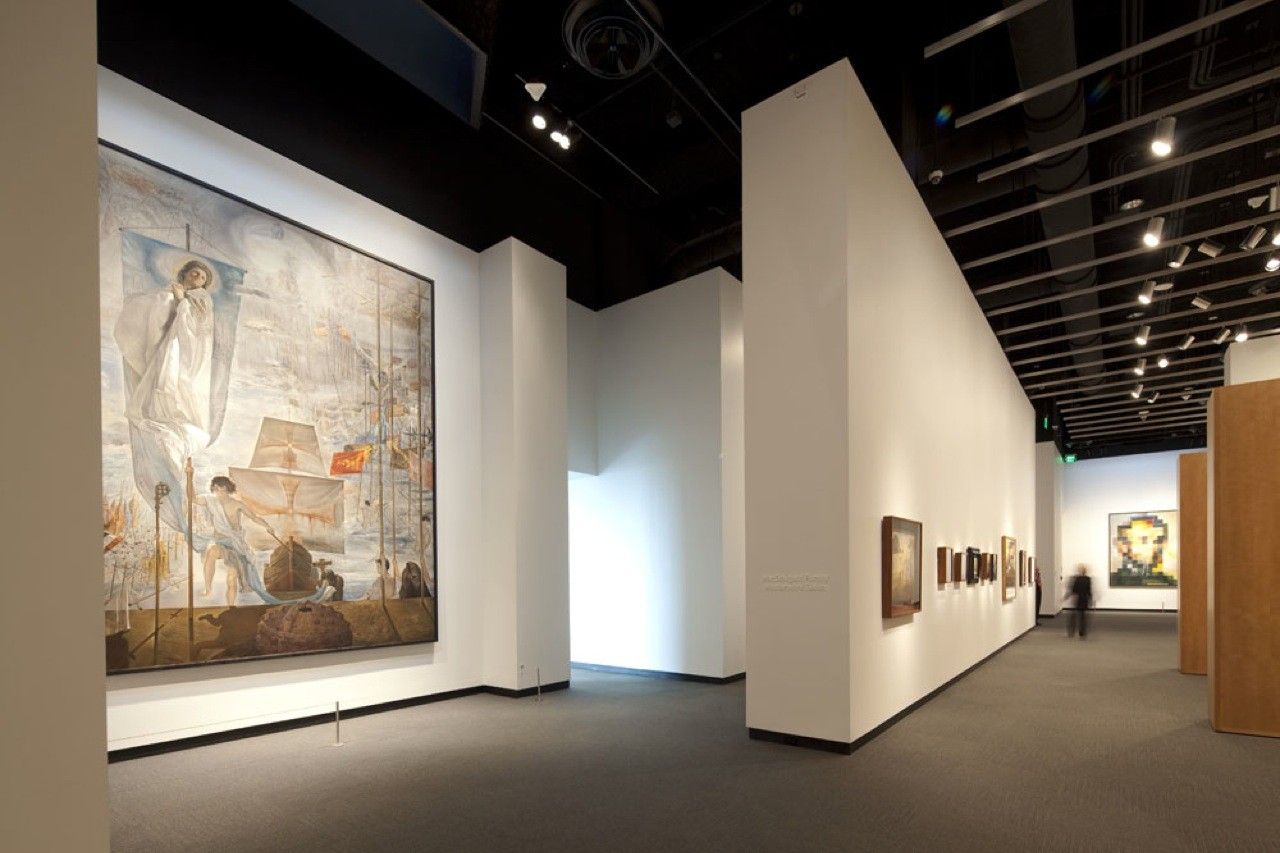
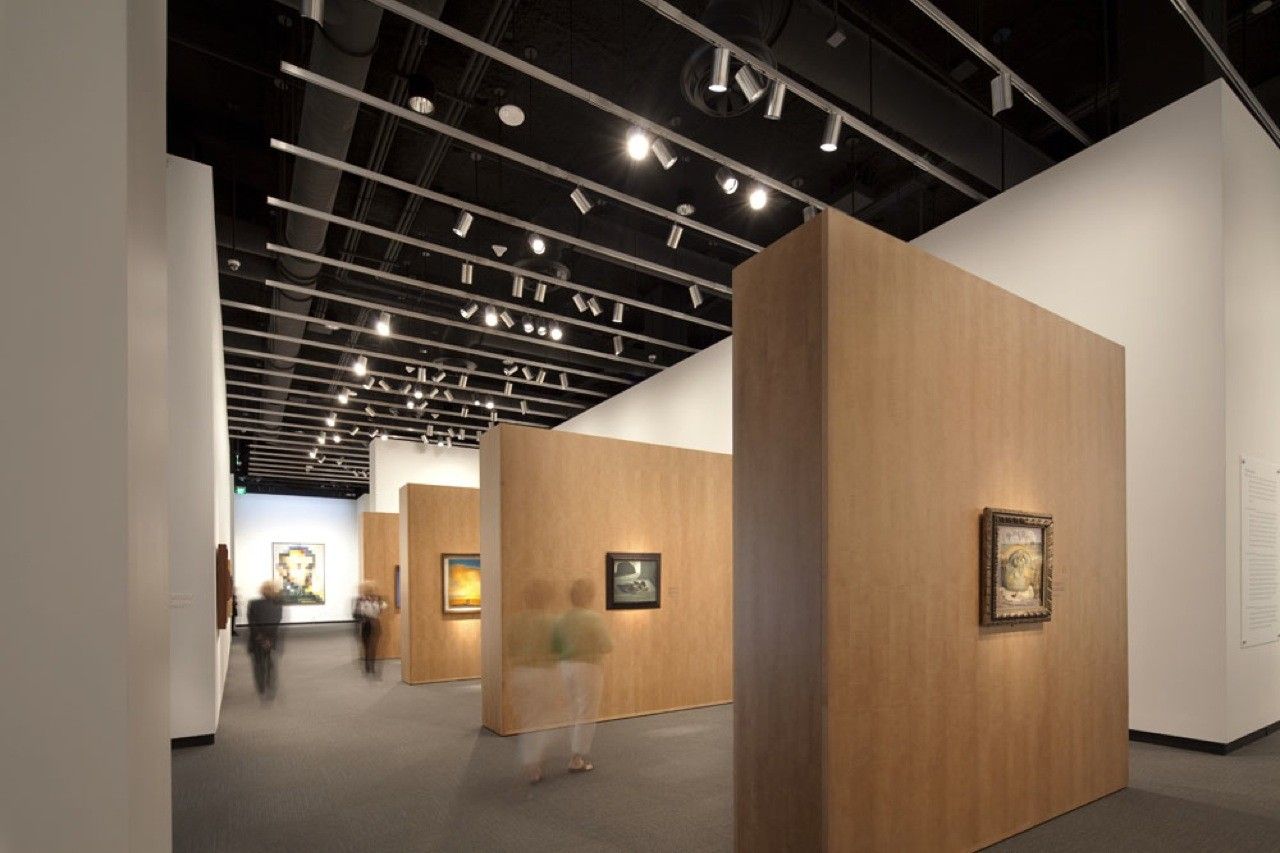
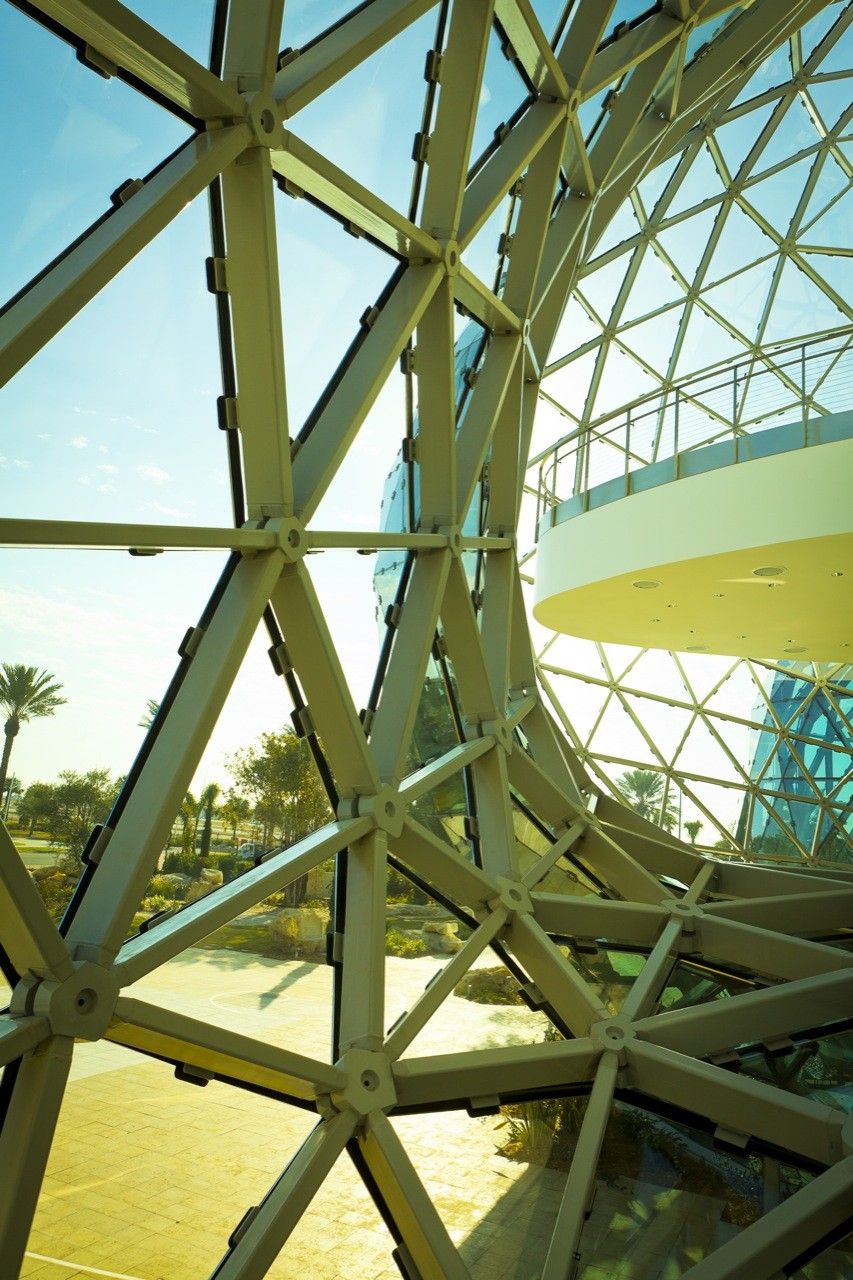
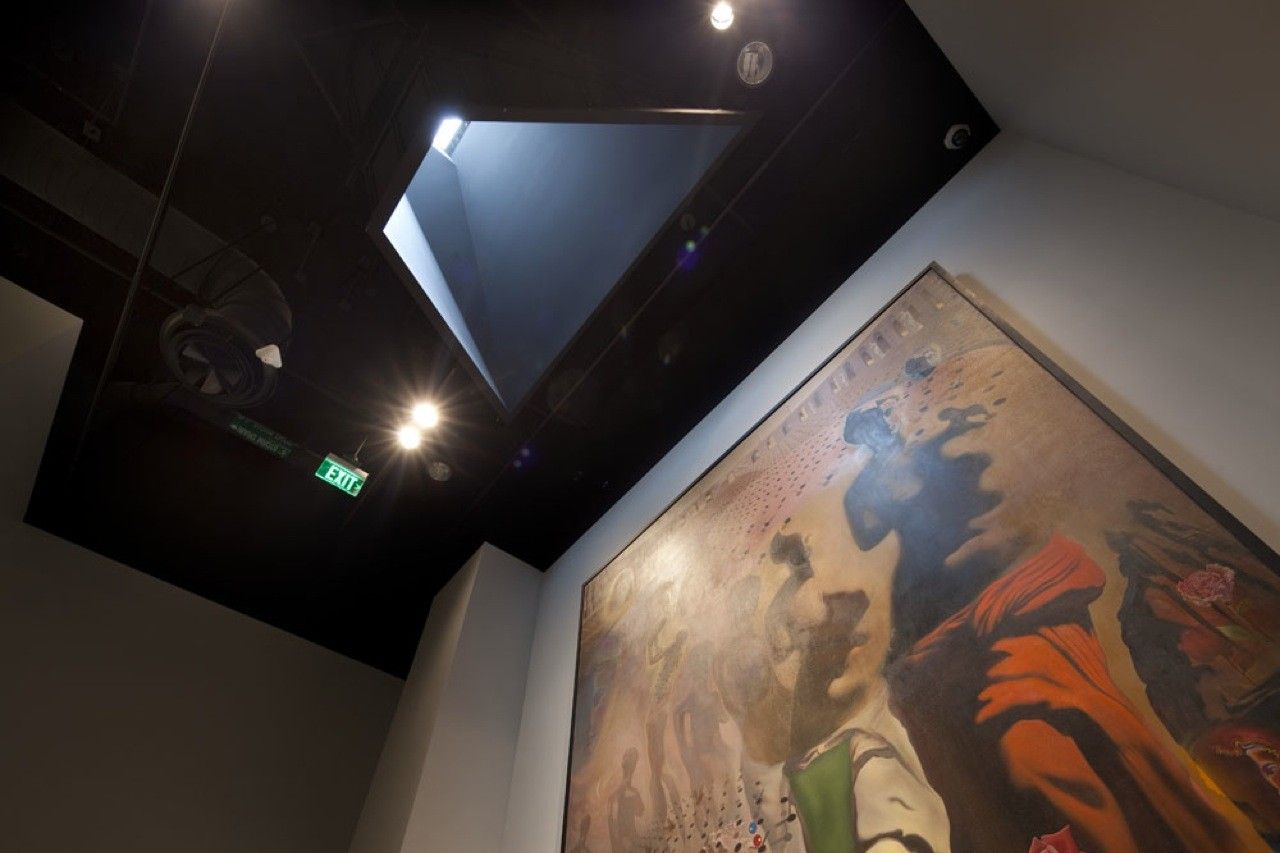
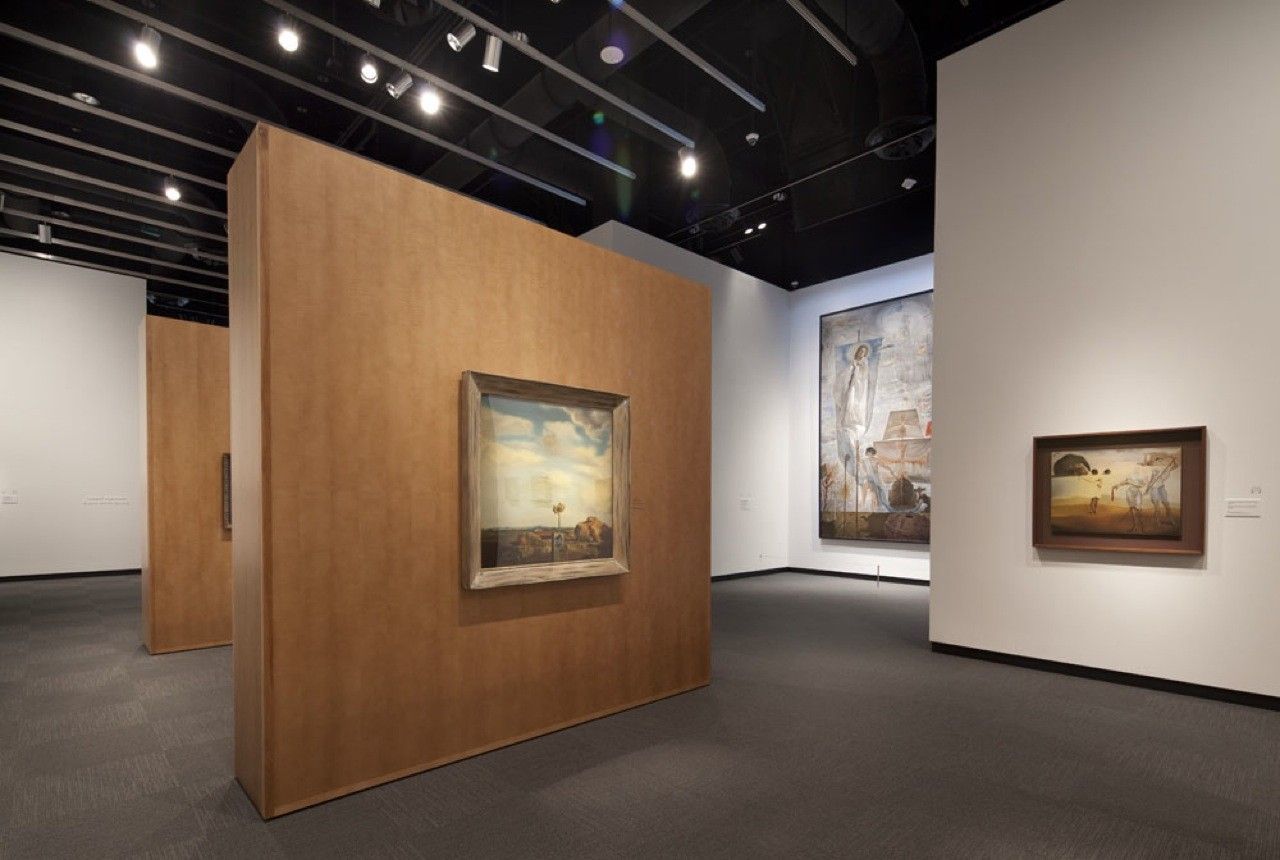
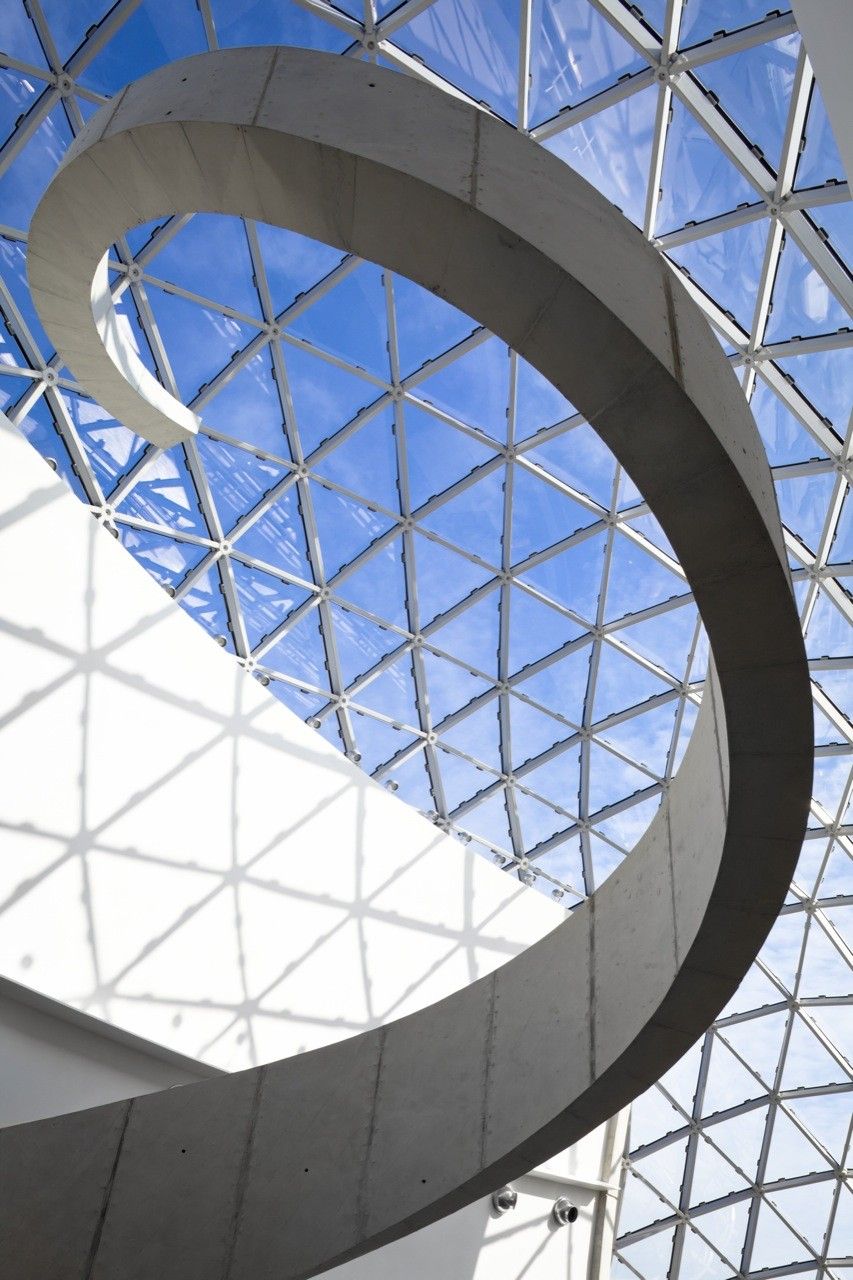
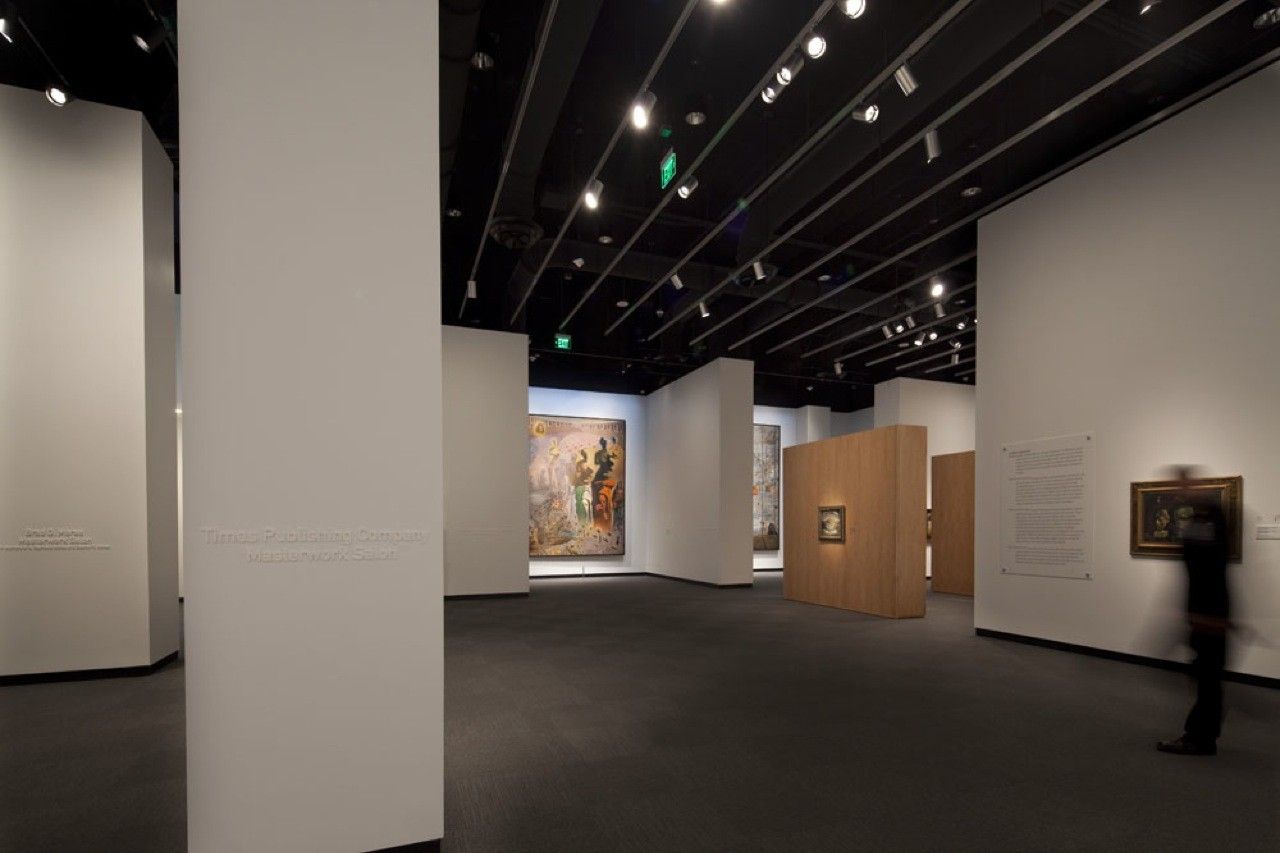
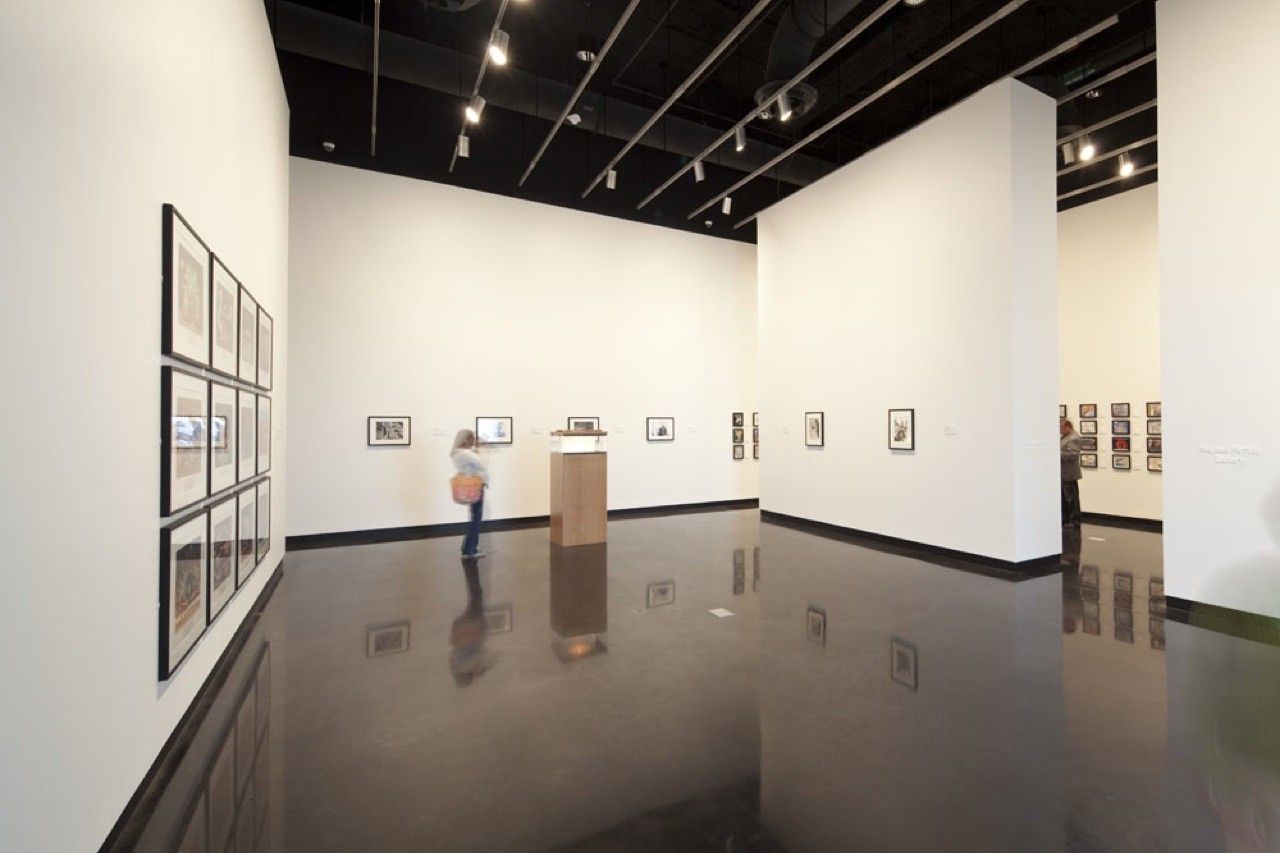
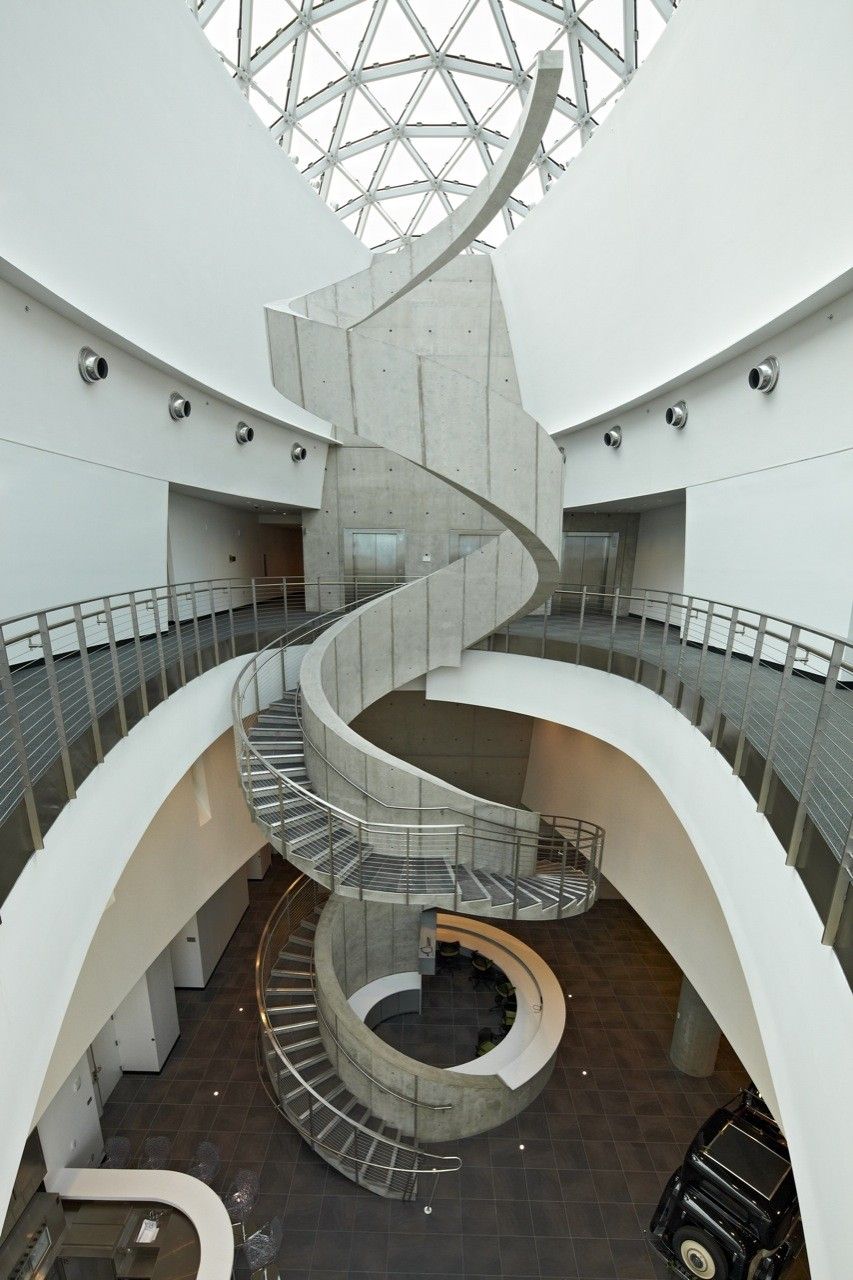
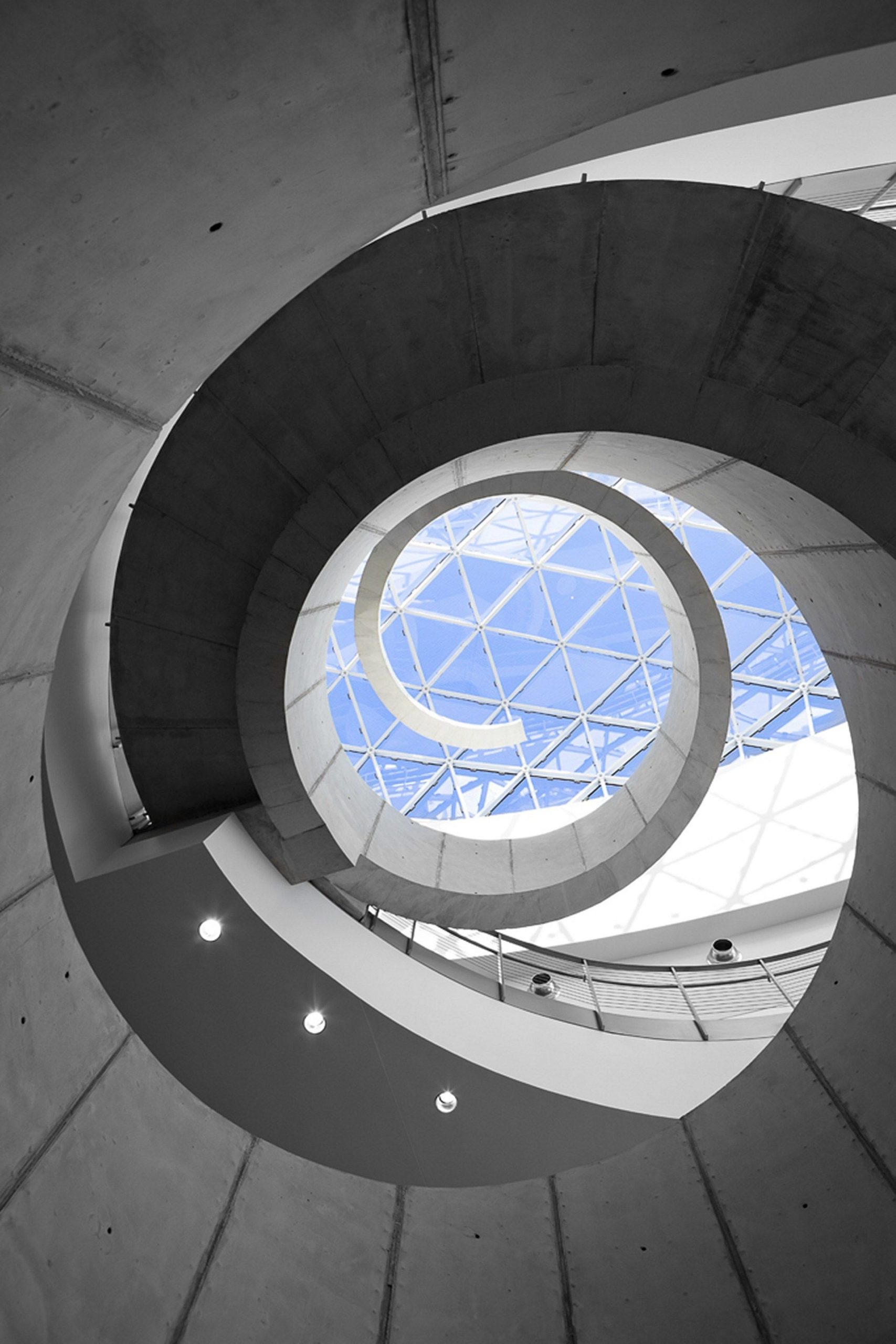
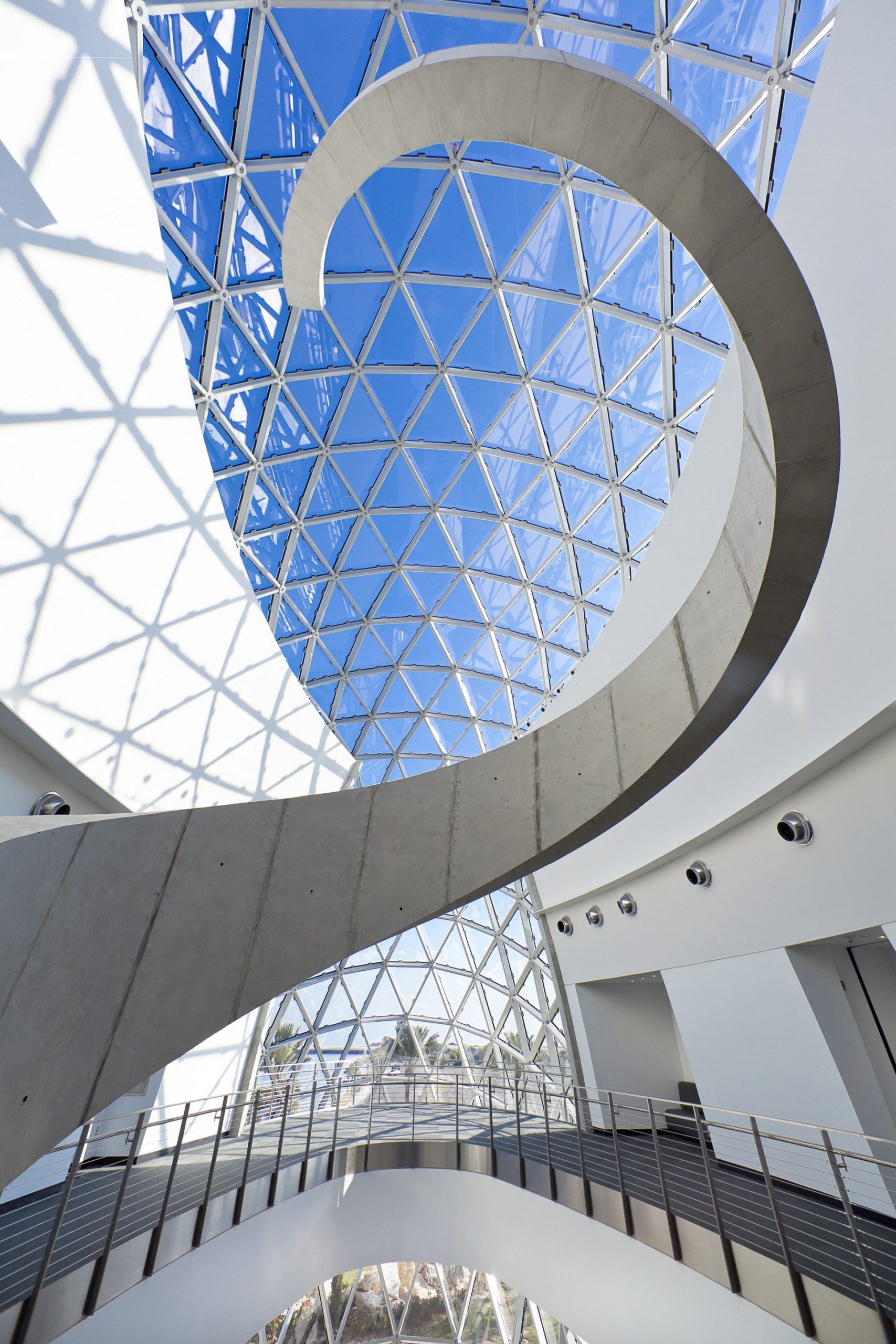
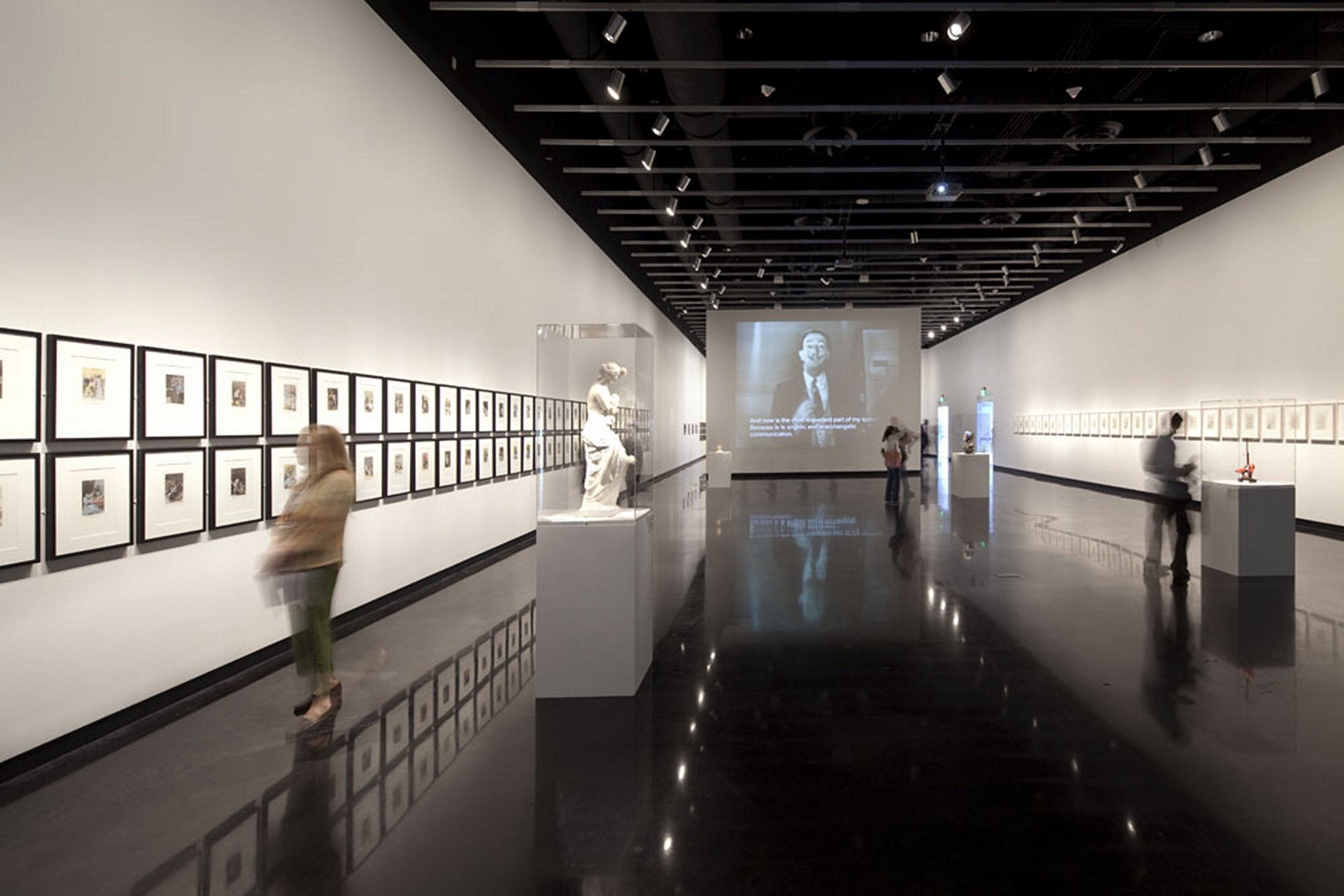
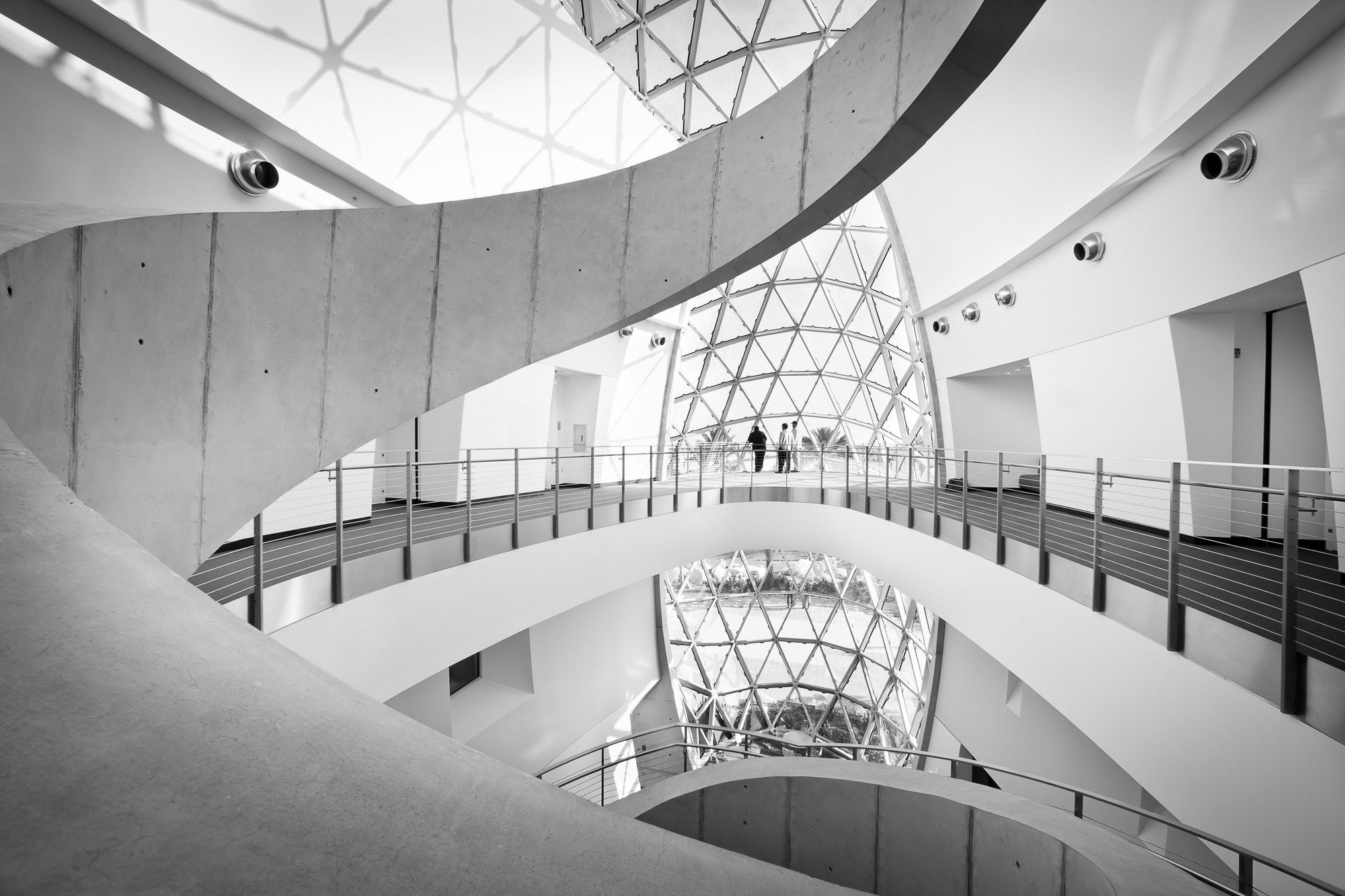
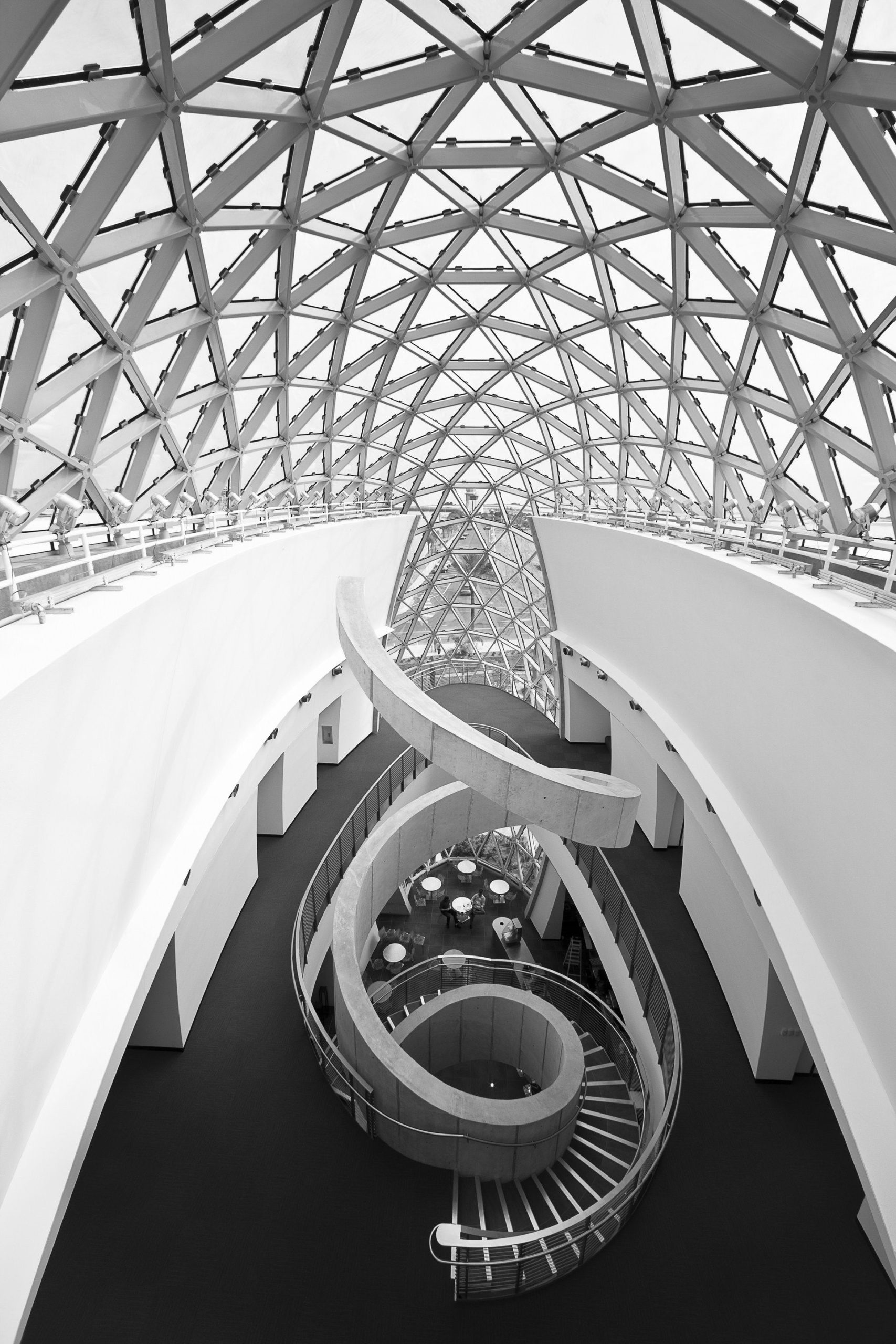
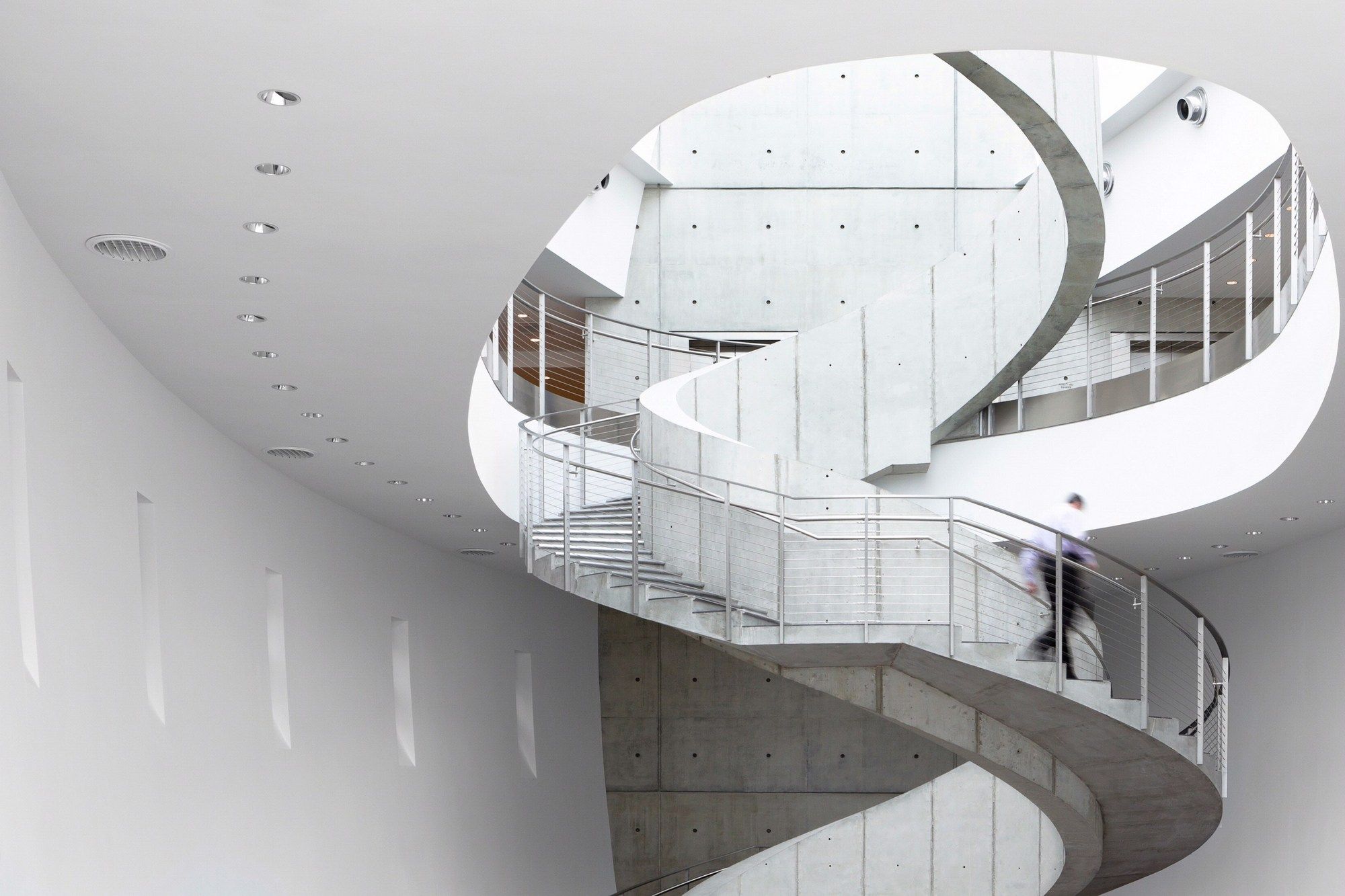
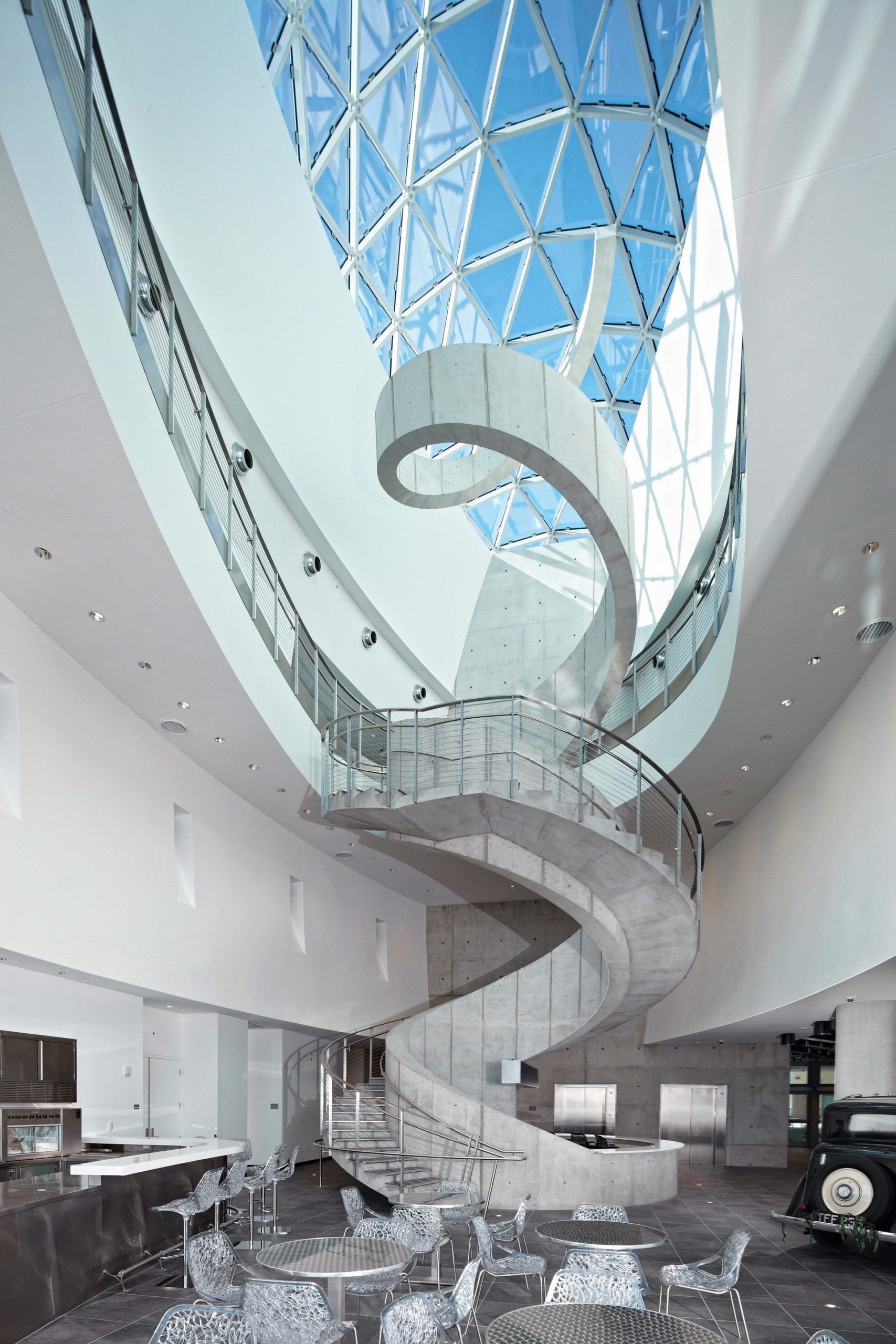
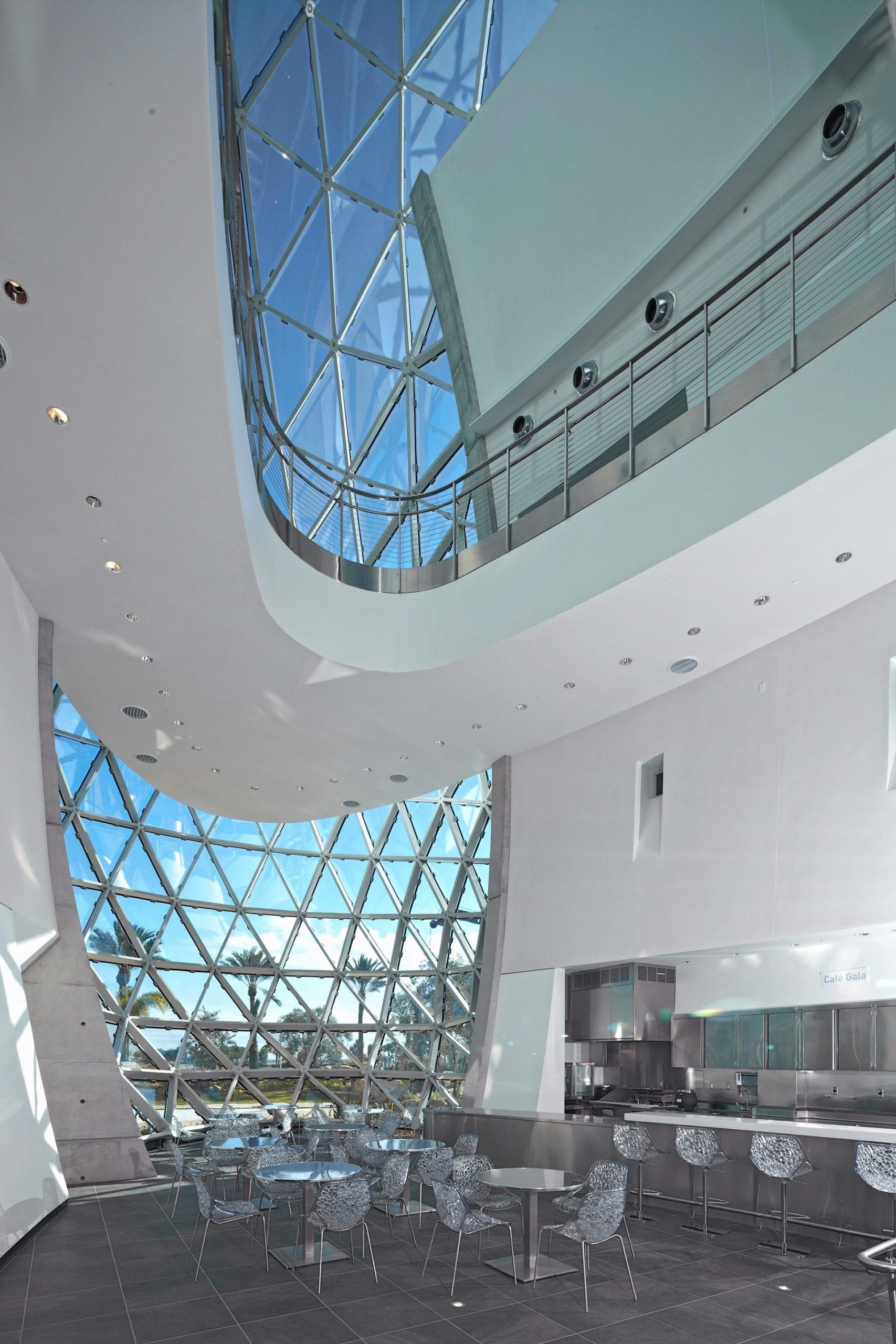
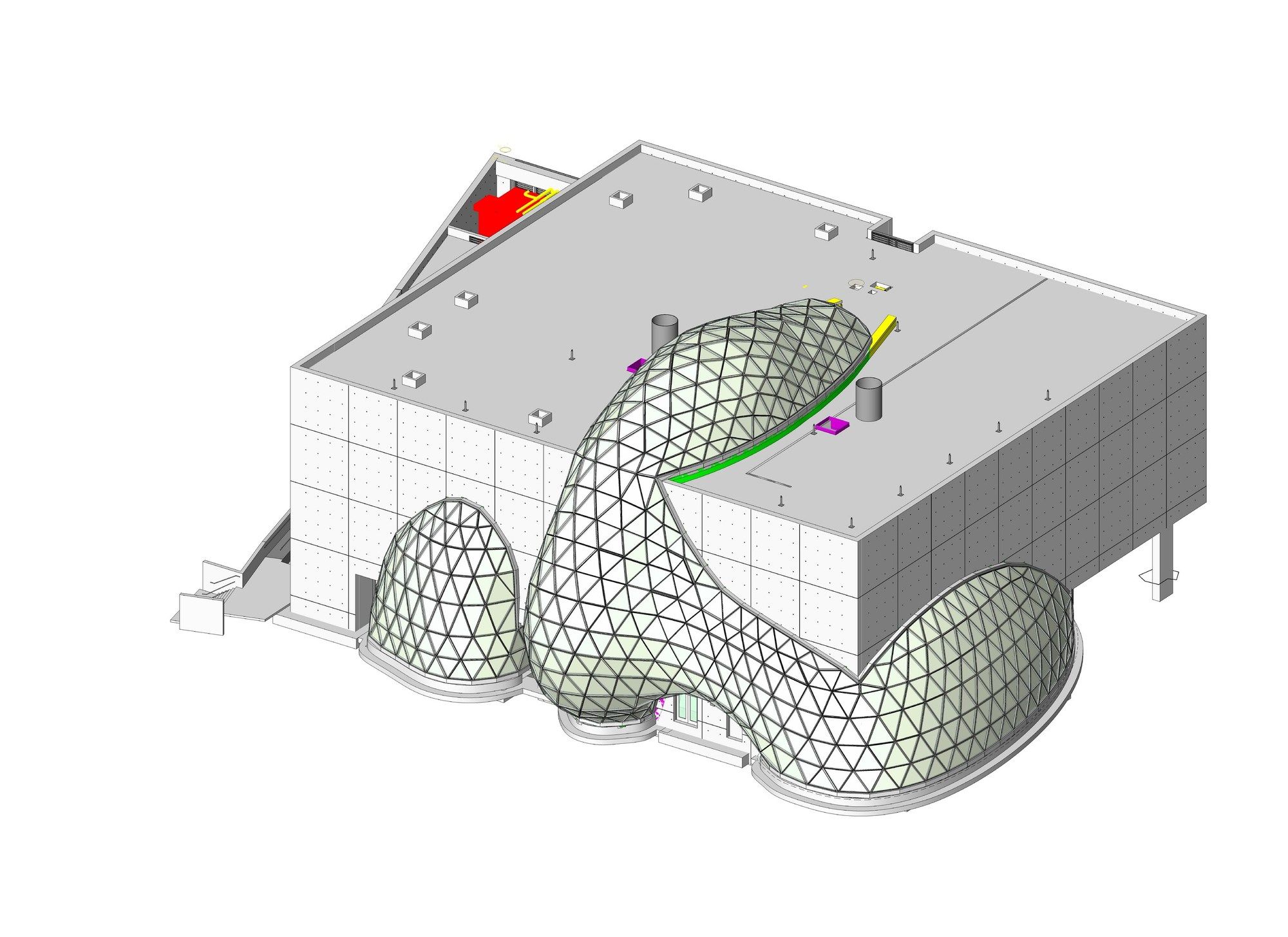
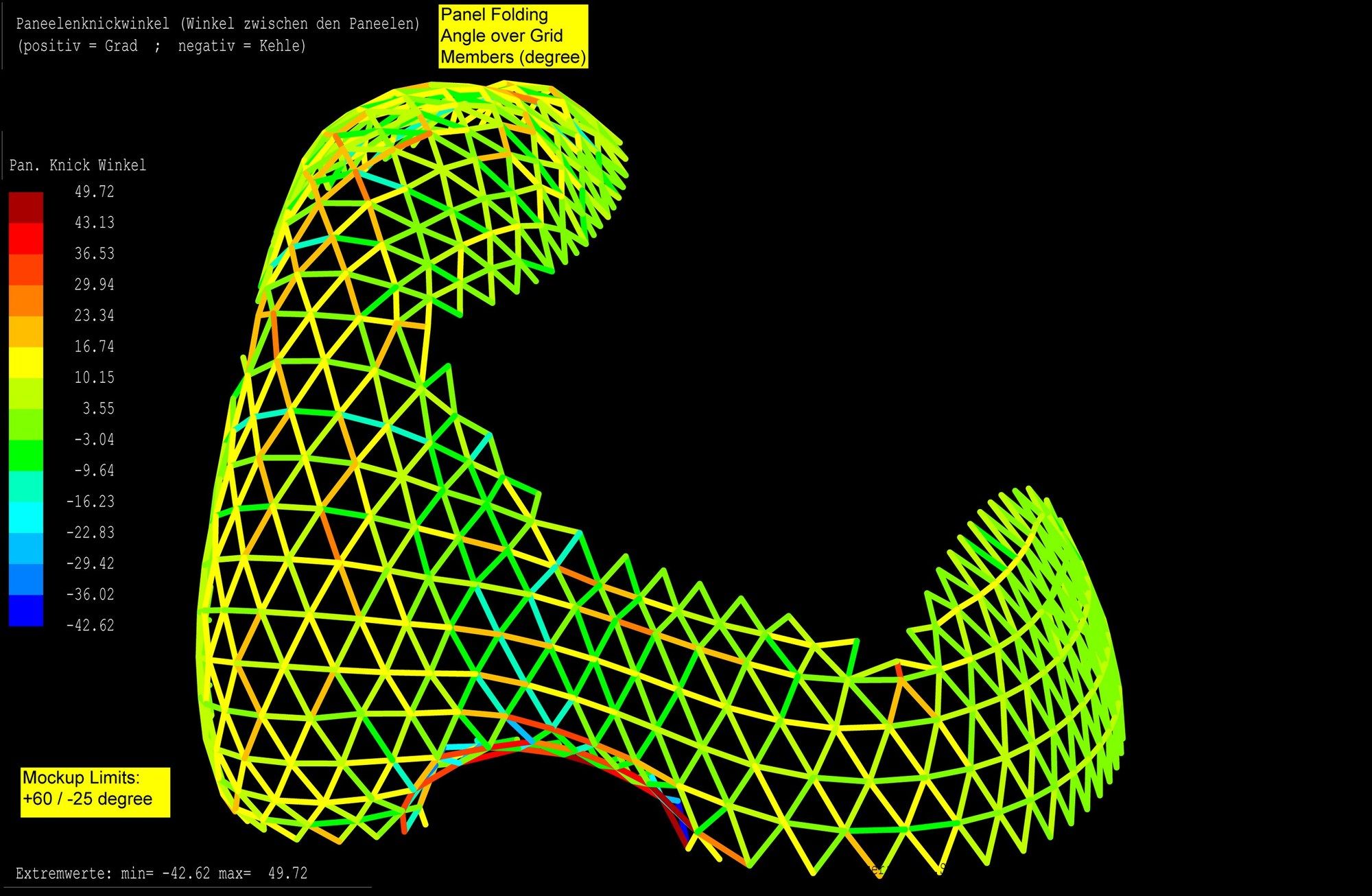
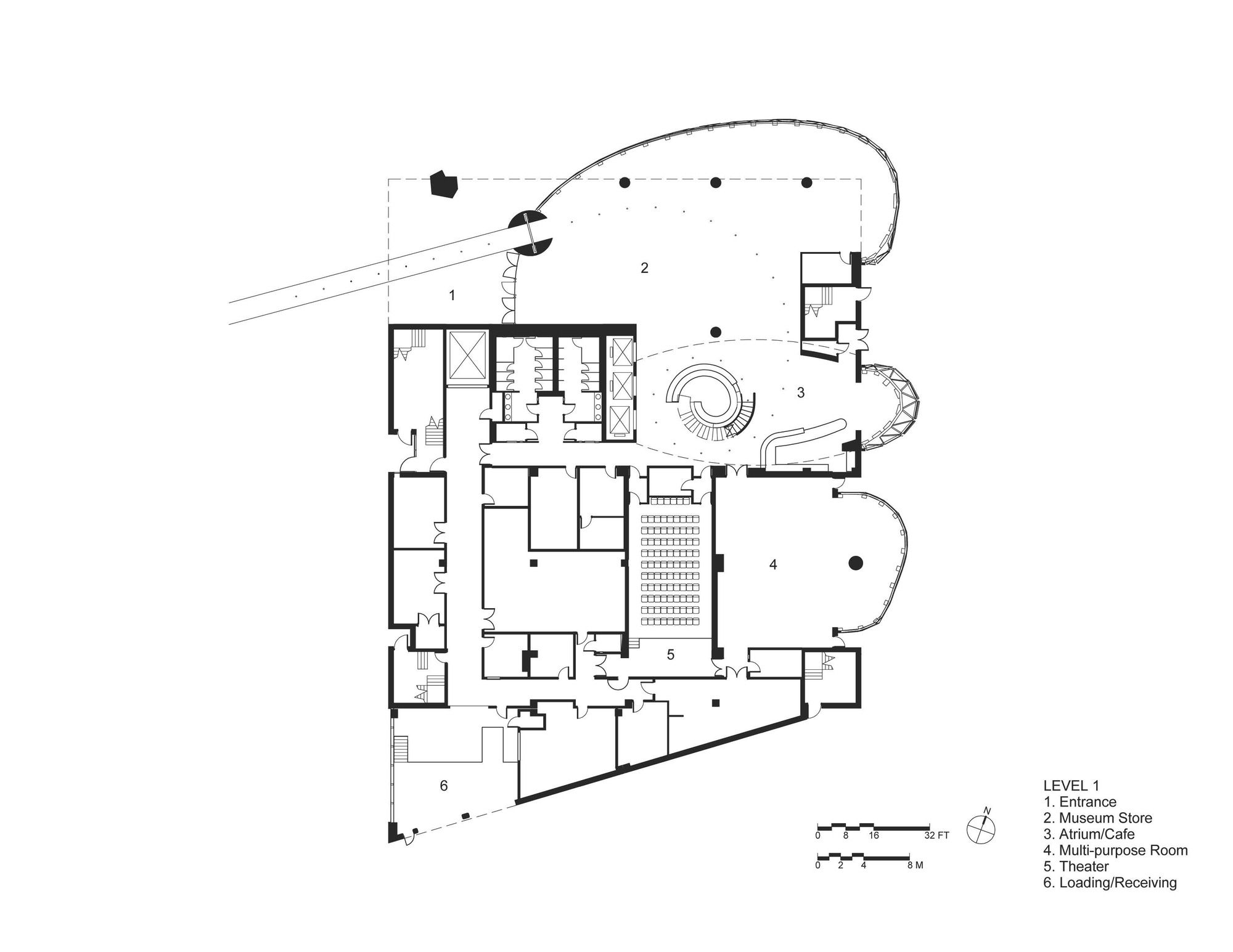
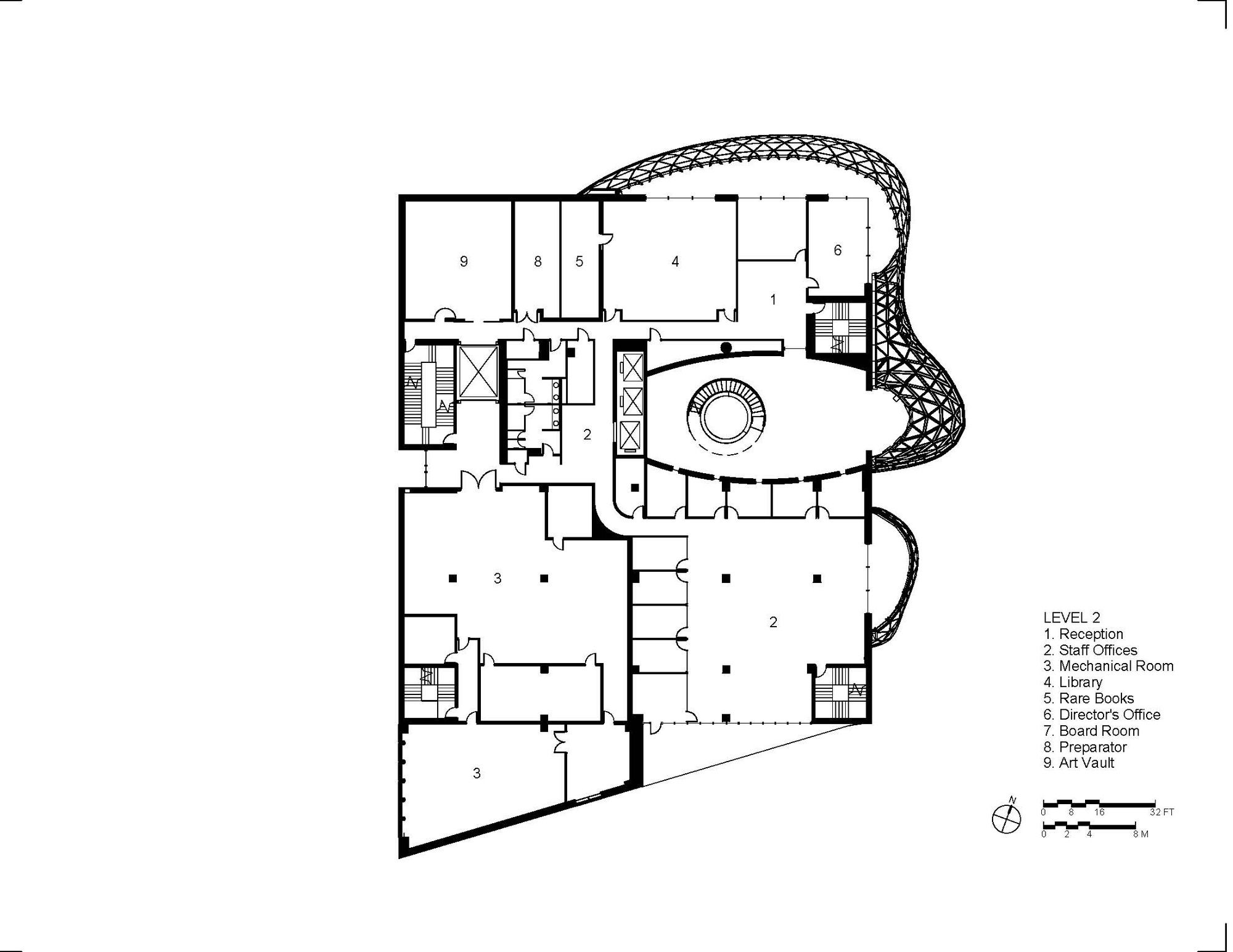
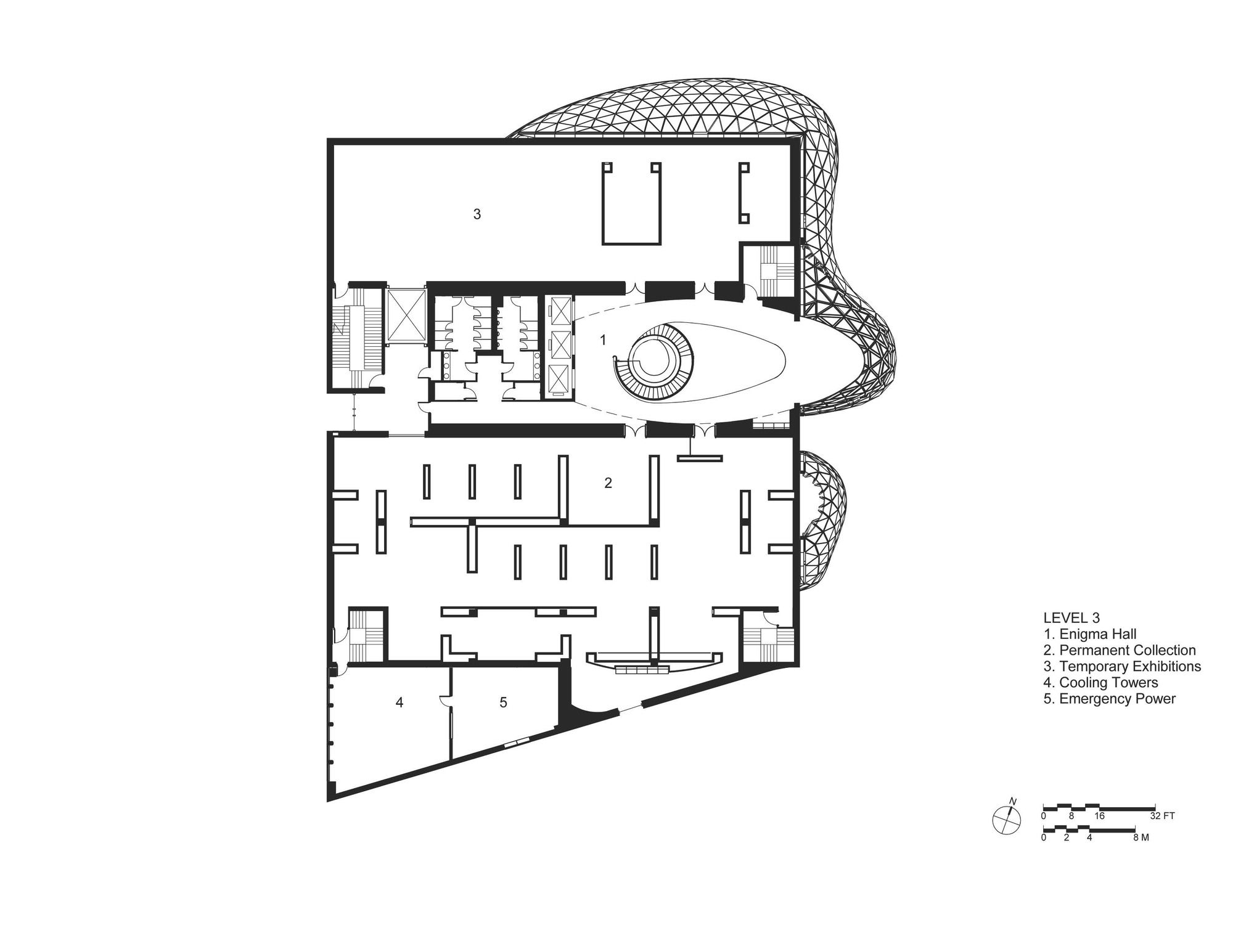
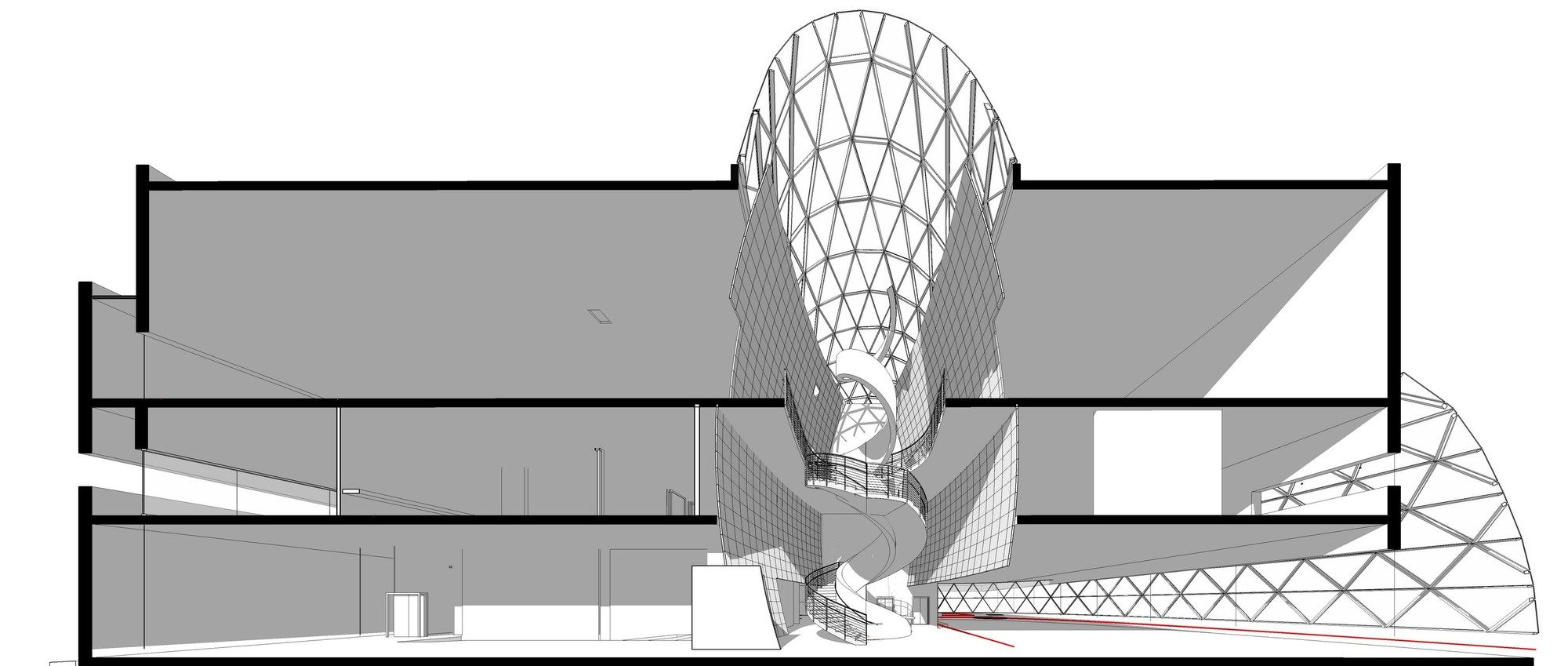
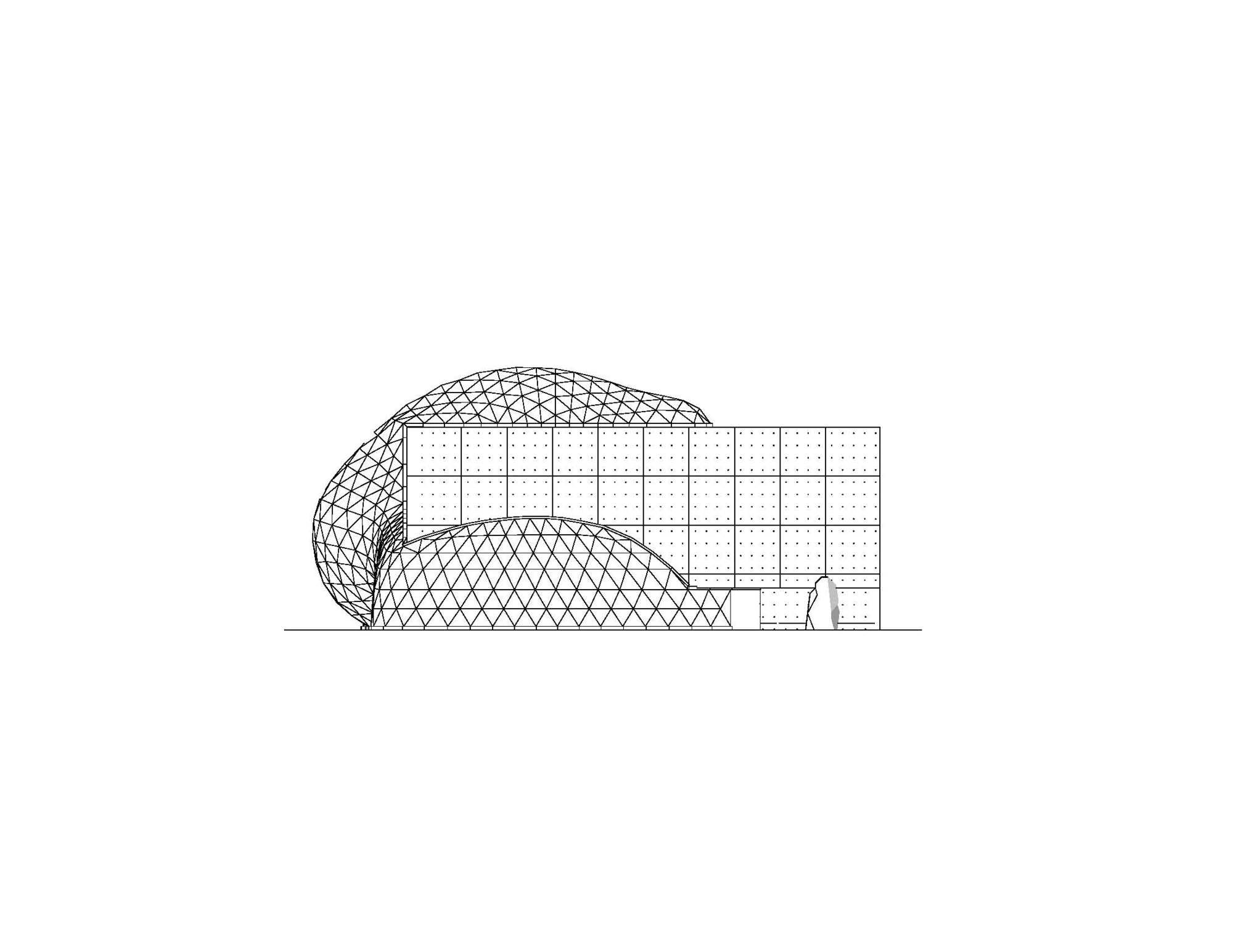
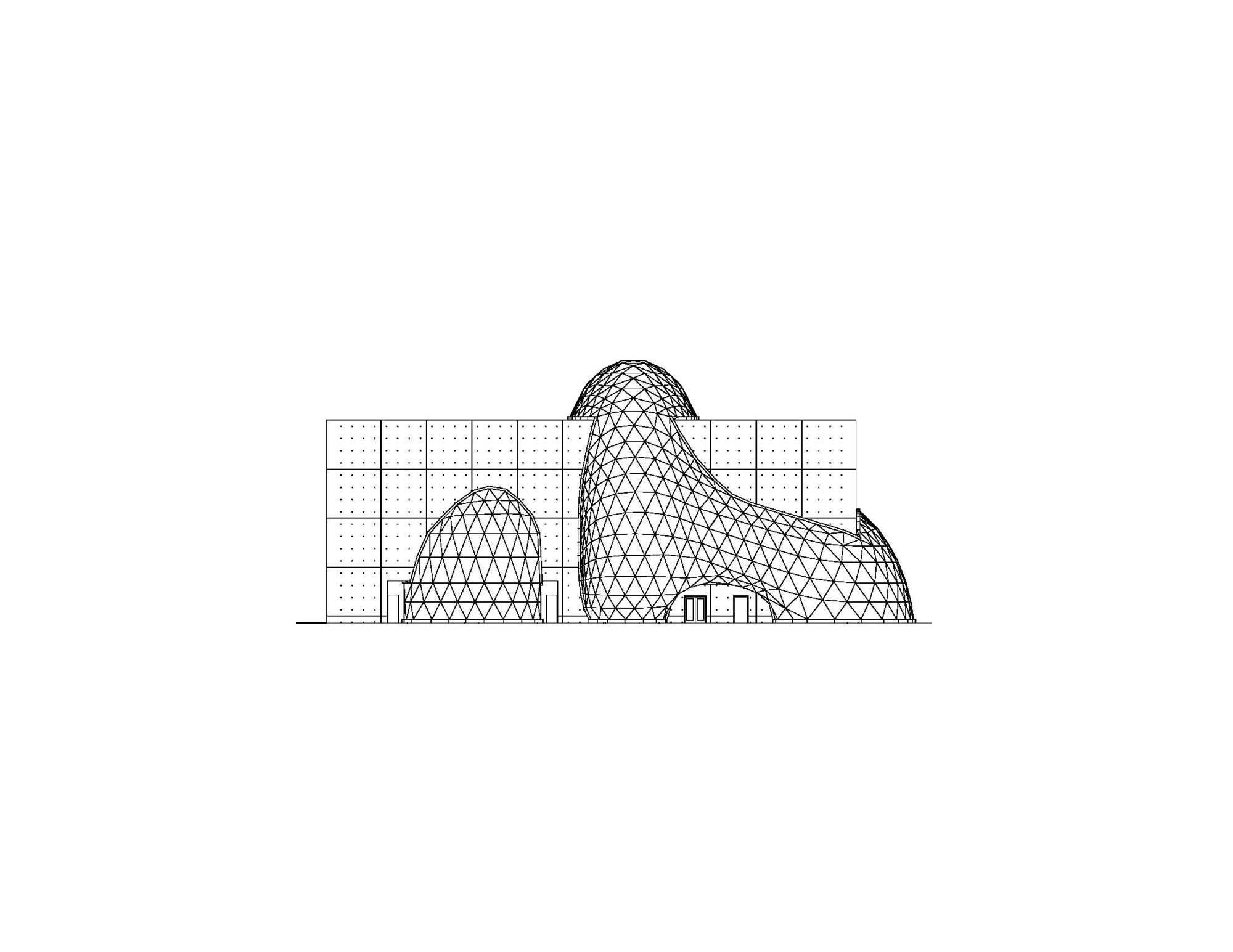
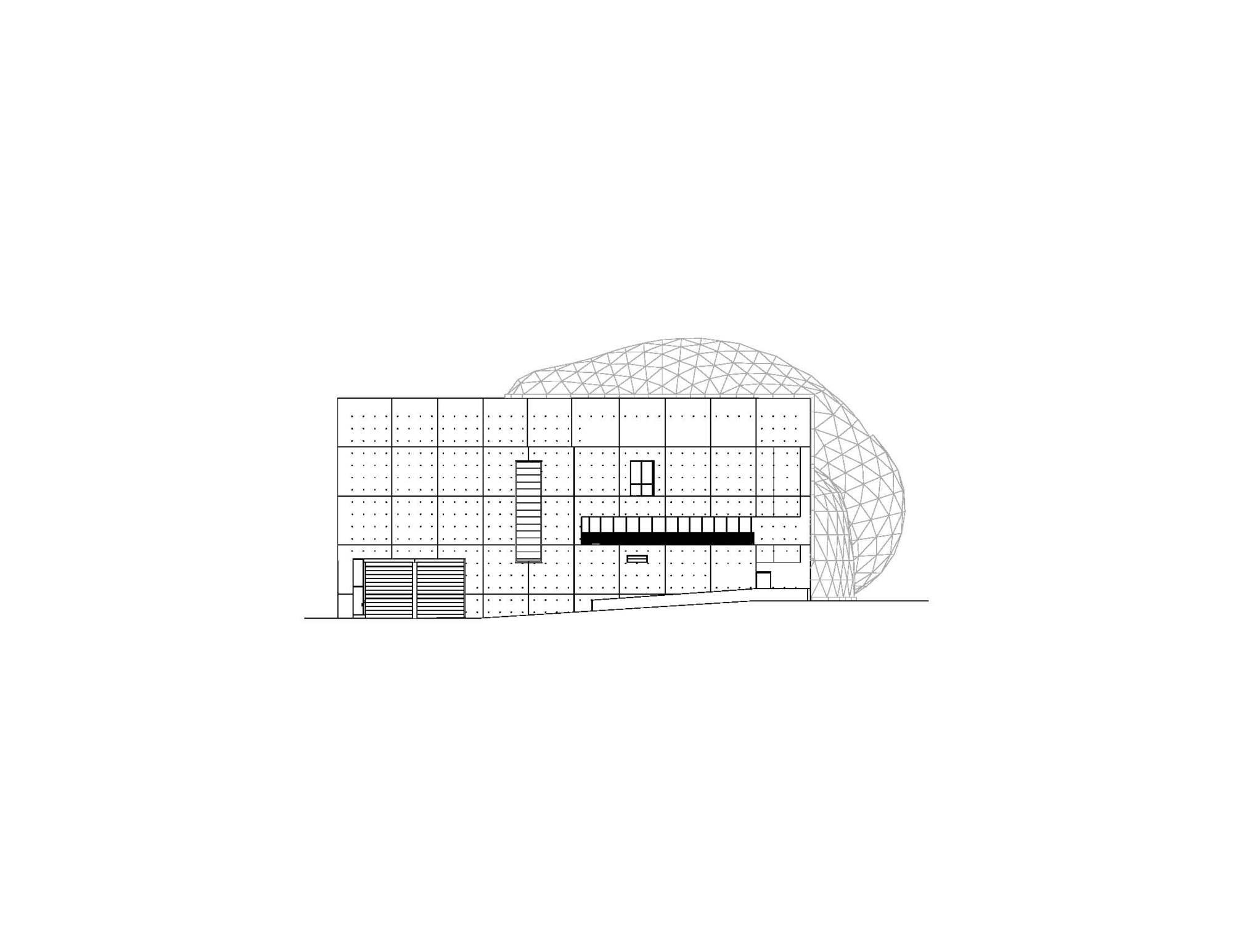
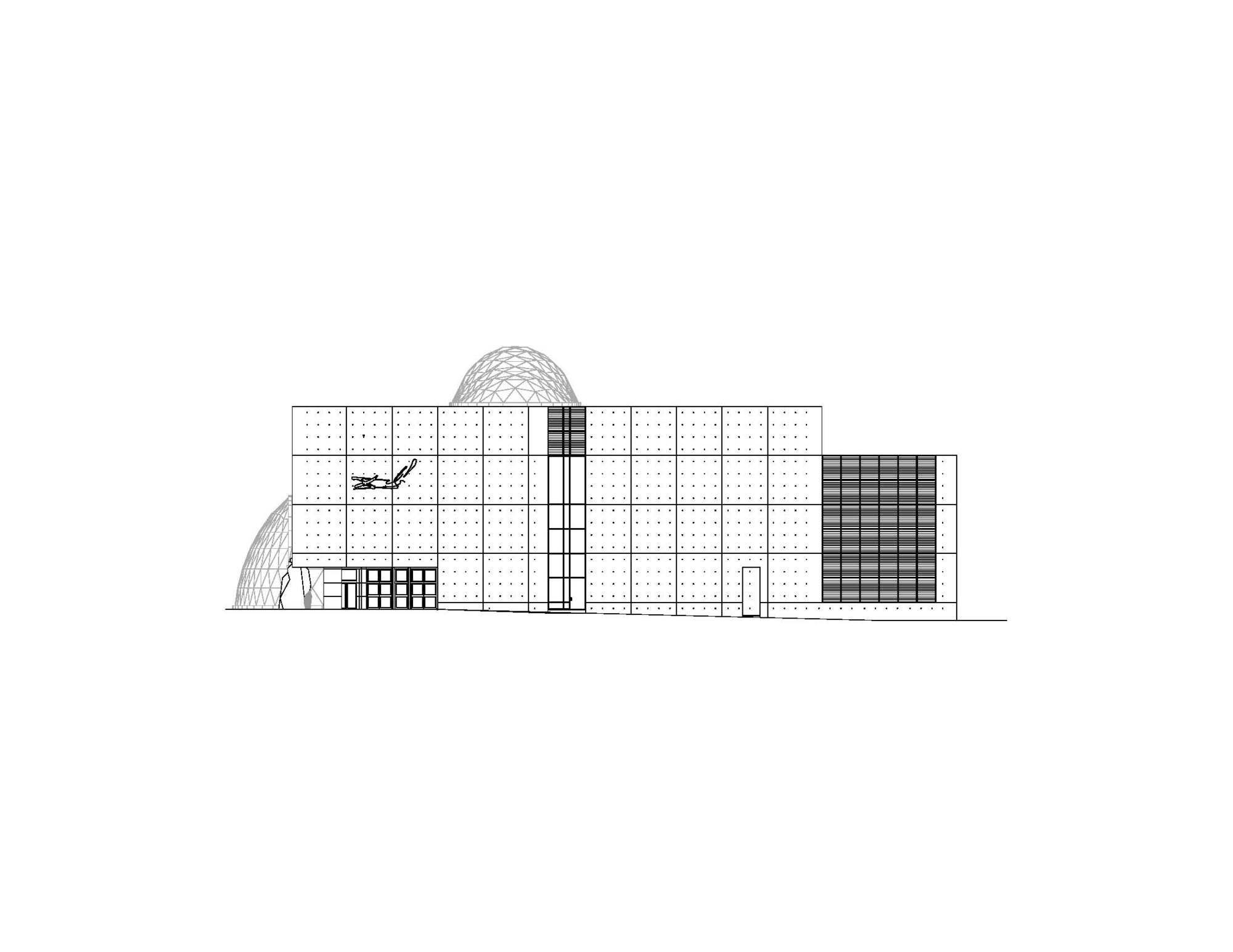
Courtesy of HOK + Beck Group


